Design Technology
Our School Vision:
To create a school that enables all pupils (no matter what background or starting point) to achieve their full potential and promotes the school as a beacon within the community, where aspirations are achieved and dreams are a reality for all pupils, staff and families
Our Design Technology Vision:
Through our curriculum, we provide accessible opportunties for all children to explore the skills and knowledge needed to be a designer. Using creativity and imagination, pupils design and make products that solve real and relevant problems within a variety of contexts, considering their own and others’ needs, wants and values.”
What does it mean to be an Designer?
A designer is a person who plans the form or structure of something before it is made, by preparing drawings or plans and reimagining the world and the products we use to make them better.
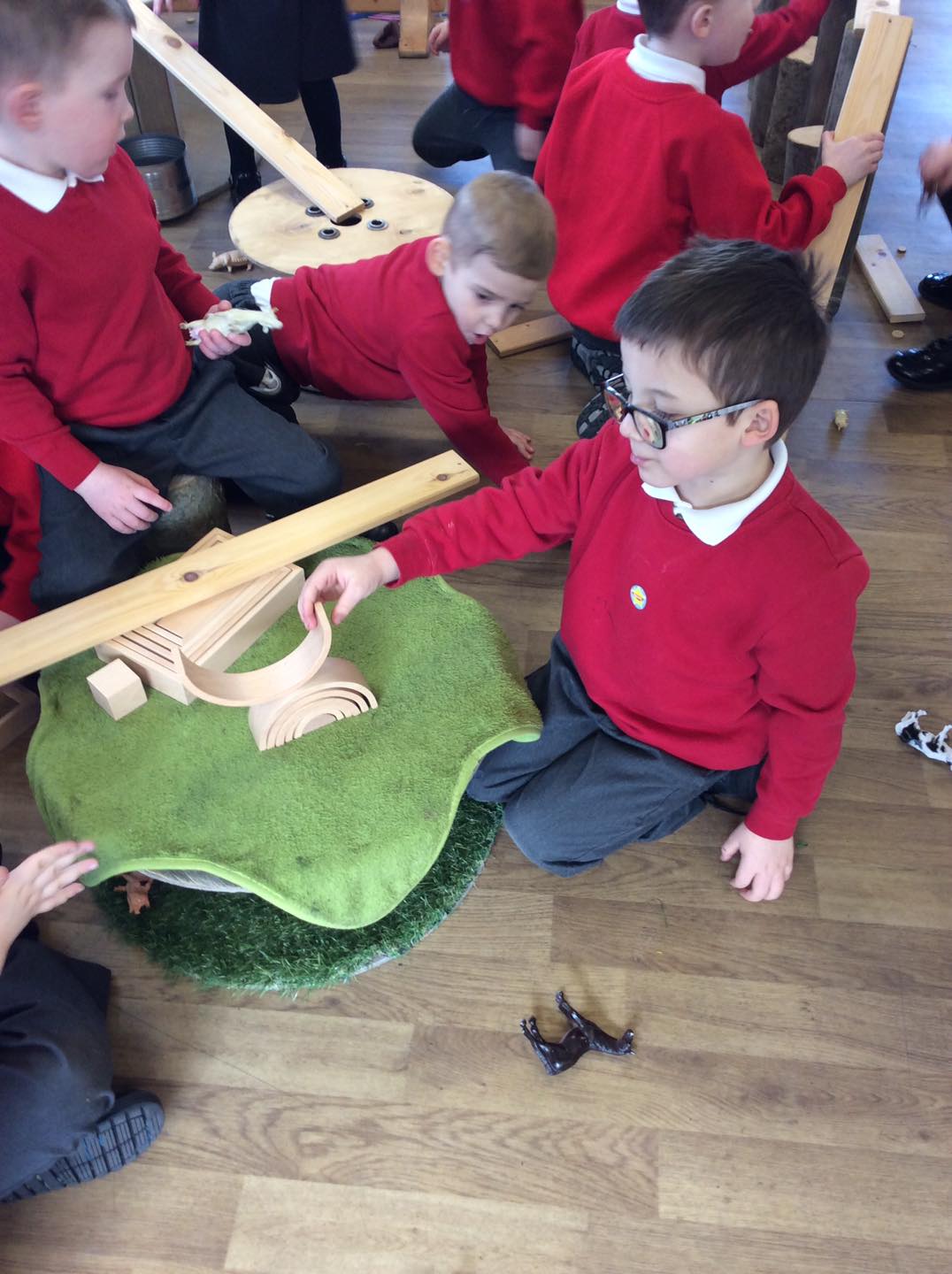
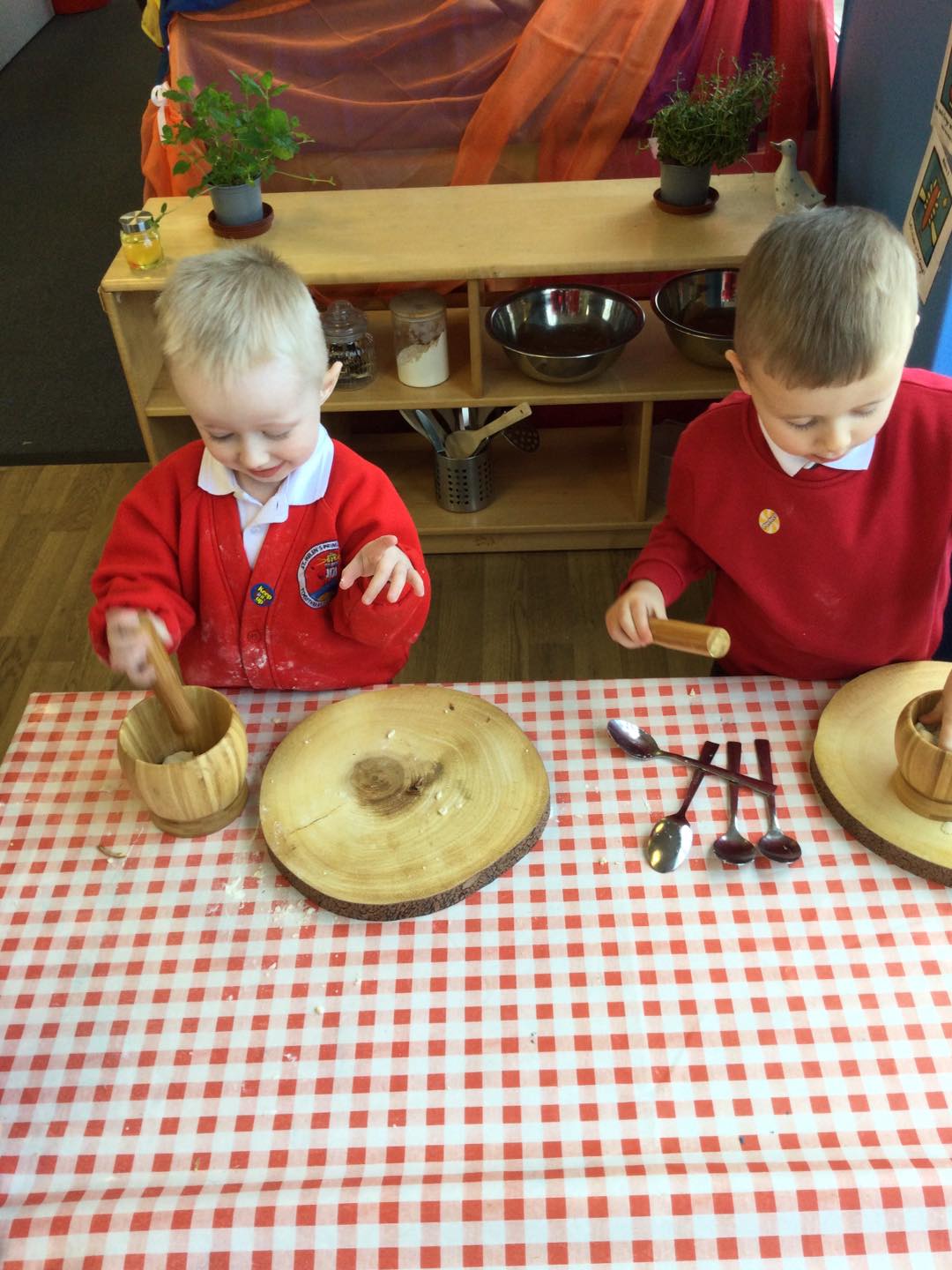
Intent
As a school we offer a structure and sequence of lessons to ensure all children have covered the skills required to meet the aims of the national curriculum. The intent is to ensure all students produce original, imaginative work. At St Helen’s children are inspired through a broad range of practical lessons to create innovative designs which solve real and relevant problems within a variety of different contexts. All lessons follow our schools design process and guide the children from evaluating current prodcuts to analysing their market and producing final designs. Children are given opportunities to identify real and relevant problems, critically evaluate existing products and then take risks and innovate when designing and creating solutions to the problems. Opportunities are provided for children to evaluate individuals who have helped shape the design world, showing the real impact of design and technology on our current lifestyles and helping to inspire children to become the next generation of innovators. Our curriculum also enables children to see the links between Science and Design and Technology and builds upon prior and current learning to achieve these outcomes.
Our curriculum is designed and sequenced around the four main pillars of Design and Technology.
|
Design
|
Make
|
Evaluate
|
Techical Knowledge
|
Children are encouraged to follow the design process to: research, analyse, design, make and evaluate, using a range of tools and materials, in a variety of different contexts.
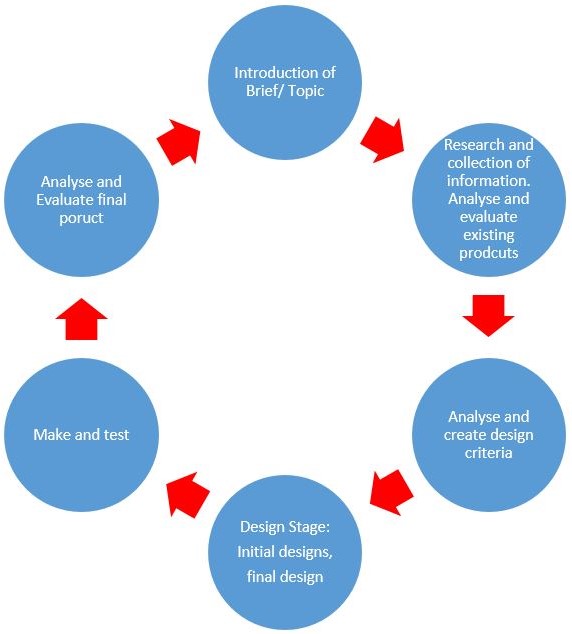
Children are challenged to identify, examine and solve practical problems to make existing situations better and draw on disciplines such as mathematics, science, engineering, computing and art to produce final products.
Pupils learn through exploration of past and present designers, innovation technology and craft-makers and are able to develop an understanding of how products in our daily life have developed to what we know now. Throughout lessons, students learn to become curious creators able to think outside the box and produce high quality designs.
Implementation
At St Helen’s we implement a progressive Design Curriculum throughout. Design and Technology skills and understanding are built into lessons, following our design process. Lessons and resources help children build on prior knowledge alongside introducing new skills, knowledge and challenge. Key vocabulary is built into each lesson and additional resources ensure that children are allowed opportunities to repeat and apply key terminology to their learning. Adult guidance and support is given for all children to access the Design and Technology curriculum and produce high quality final products. Through these lessons, we inspire pupils to develop a love of Design and Technology and see how it has helped shaped the ever-evolving technological world they live in.
Impact
Teachers have high expectations and quality evidence is produced in a variety of forms. As St Helen’s pupils will become confident in critiquing their work and giving their positive opinion on their own and other works of art. Children will use technical vocabulary to improve their inquiries and curiosity about the design and technology world around them and apply these skills to meaningful briefs and current problems. All pupils are expected to know, apply and understand the skills and processes specified for each topic through the design process we follow in school. All children are able to can speak confidently about their inventions and creations and enjoy producing innovative pieces as part of our tailored art curriculum. Design and Technology is loved by teachers and pupils across the school,
SEND Statement
Our Design Technology curriculum promotes and develops cultures, policies and practices that include all learners. We aim to engender a sense of community and belonging and believe that educational inclusion is about equal opportunities for all learners, whatever their age, gender, ethnicity, impairment, attainment and background.
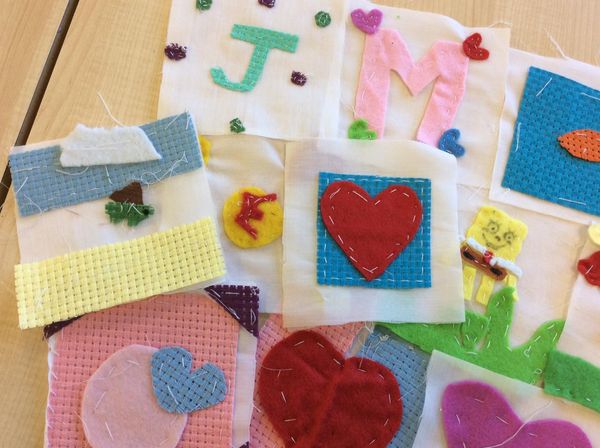
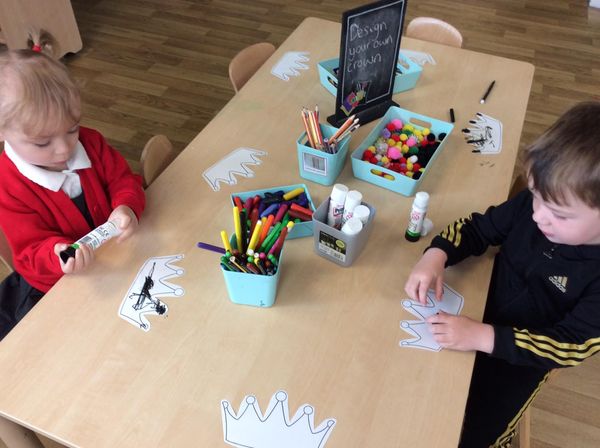
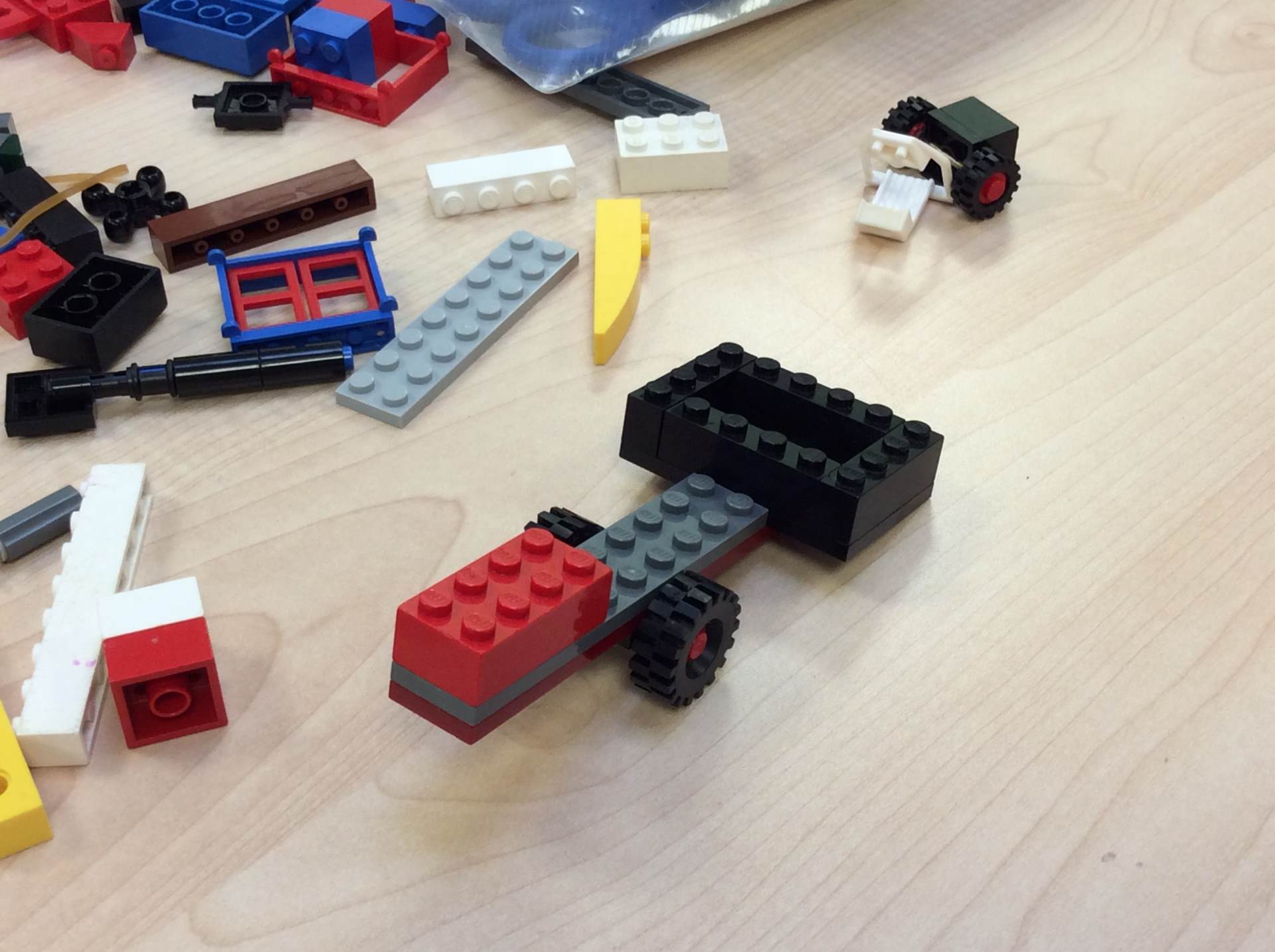
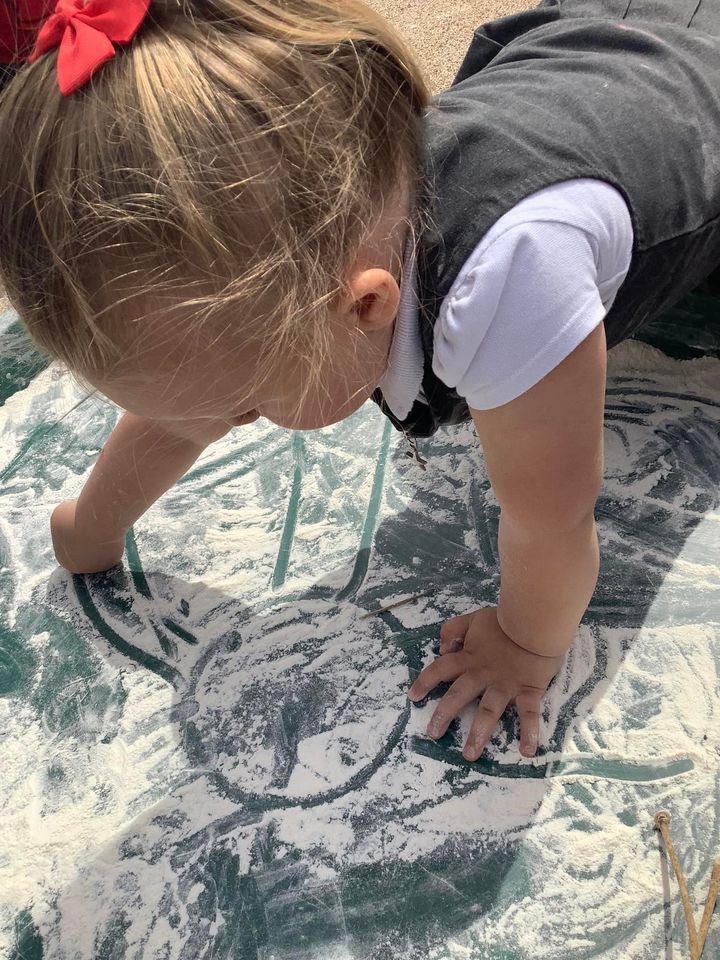
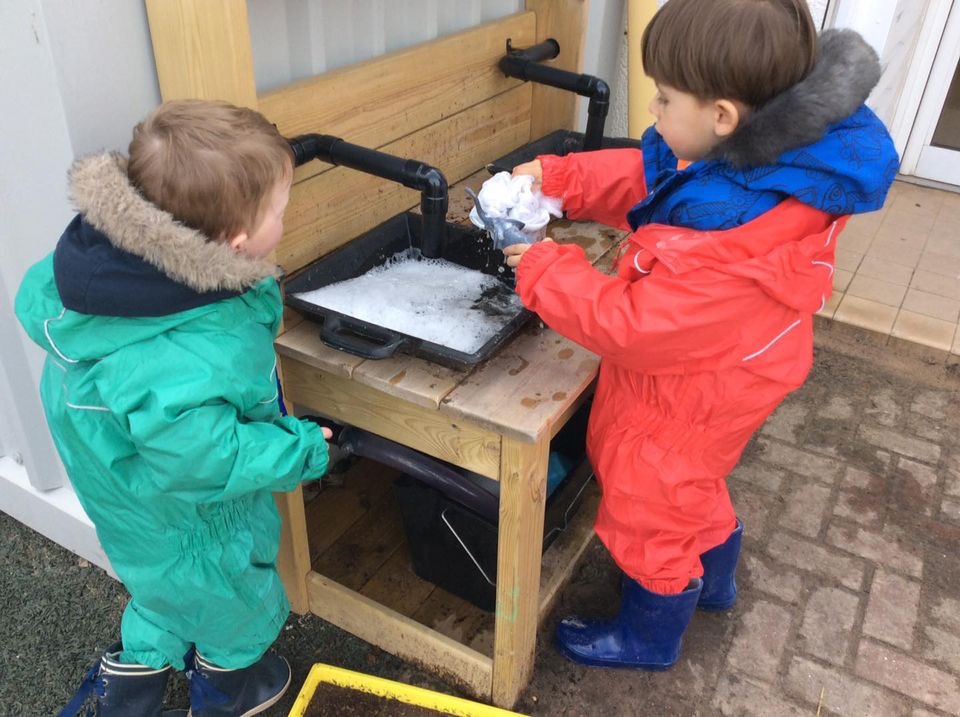
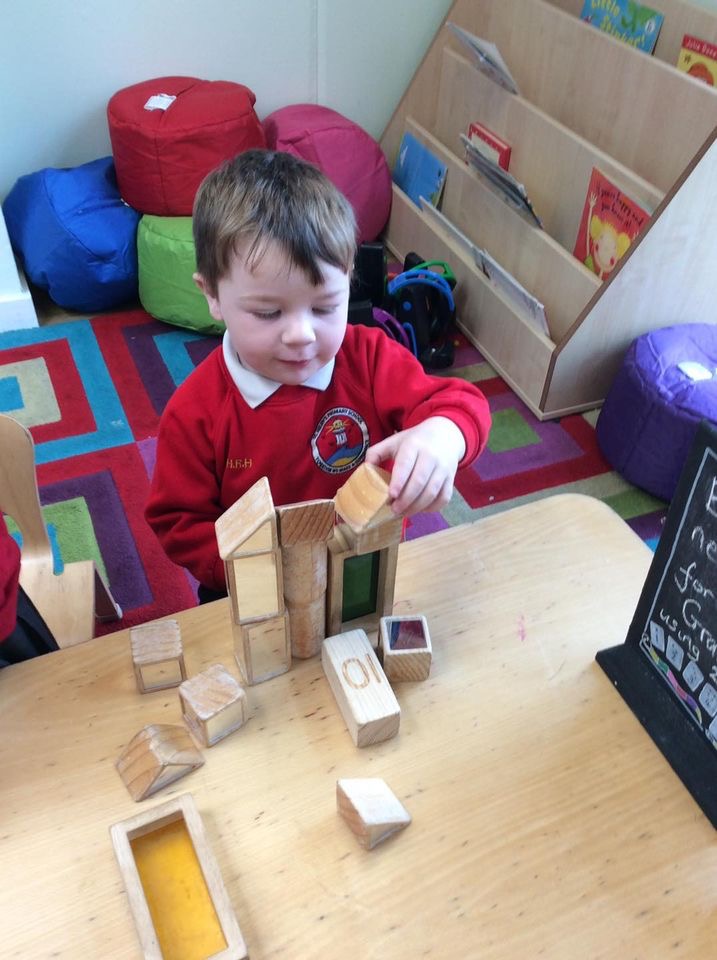
KS3 Progression
Our Art and Design curriculum builds consistent progression towards the national Key Stage Three Curriculum expectations.
Through a variety of creative and practical activities, pupils should be taught the knowledge, understanding and skills needed to engage in an iterative process of designing and making. They should work in a range of domestic and local contexts [for example, the home, health, leisure and culture], and industrial contexts [for example, engineering, manufacturing, construction, food, energy, agriculture (including horticulture) and fashion]
When designing and making, pupils should be taught:
- Design
- Make
- Evaluate
- Technical Knowledge
- Cooking and Nutrition
KS3 Design and Technology National Curriculum
Design Technology Long Term Framework
Design Technology Knowledge Organisers
Design and Technology Knowledge Organisers
Year 2 Christmas Stockings
Year 2 have finished their DT stockings topic! They used a running stitch to join their fabric, then decorated them using fabric pens, glitter and pompoms!
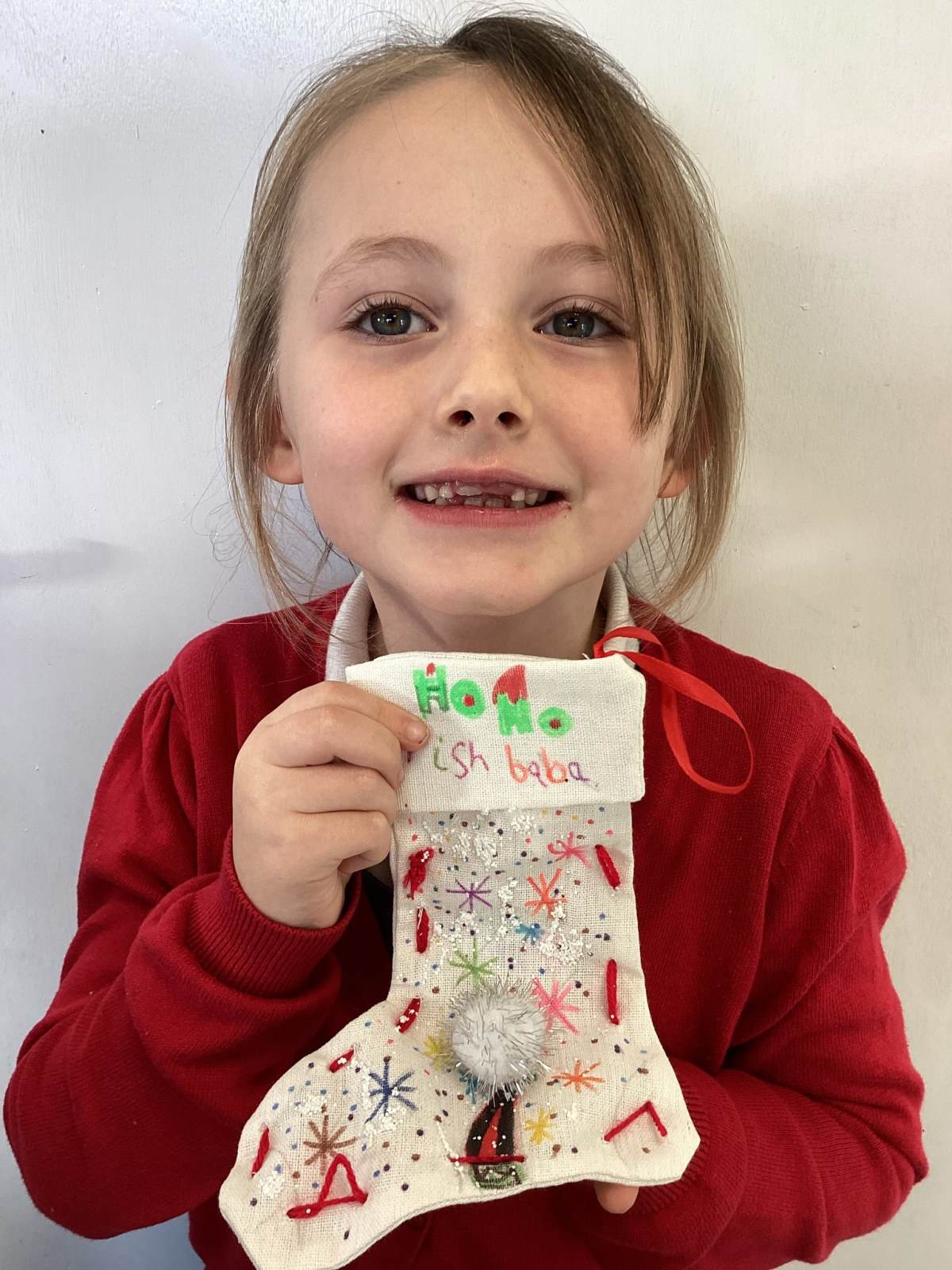
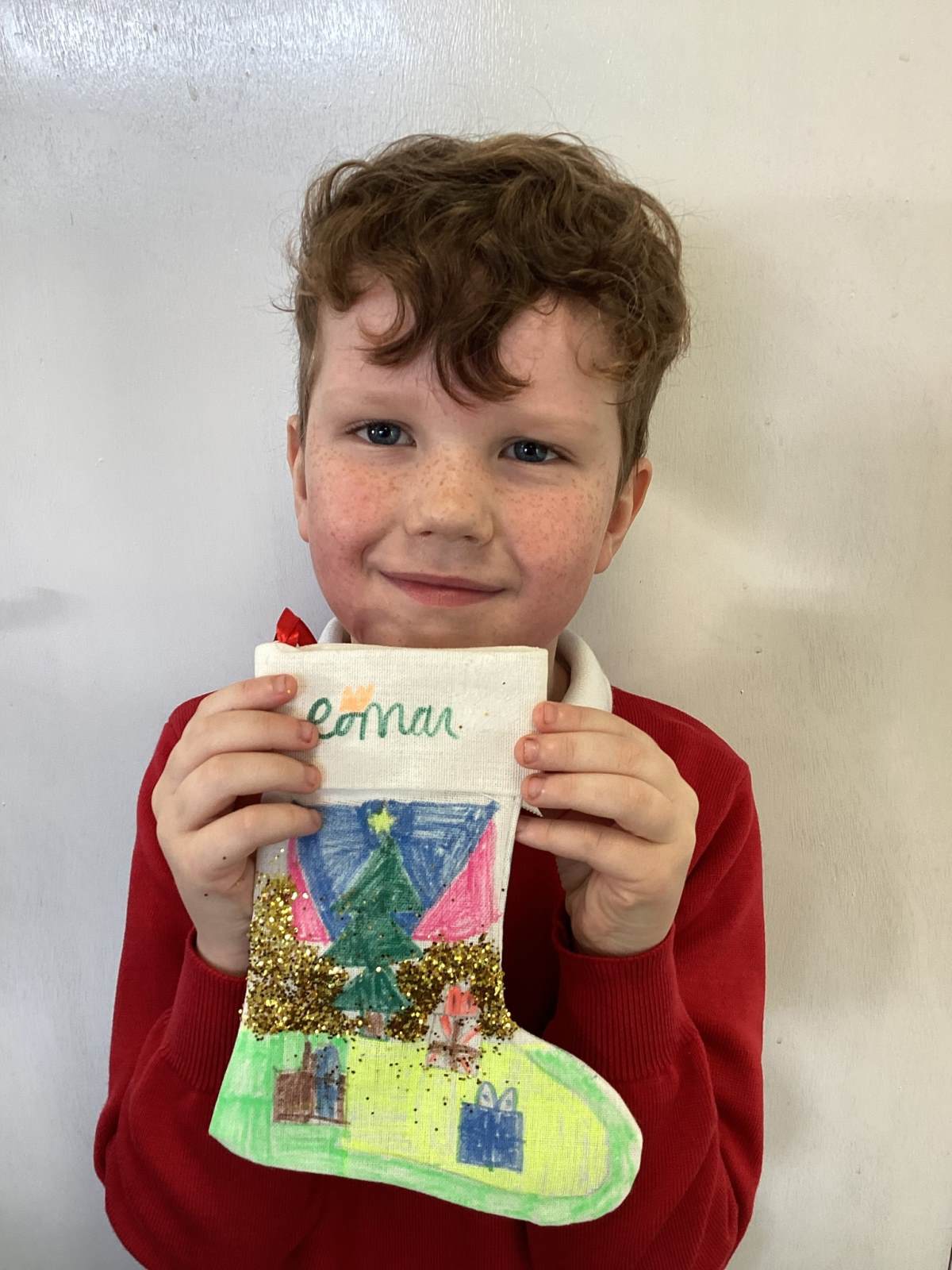
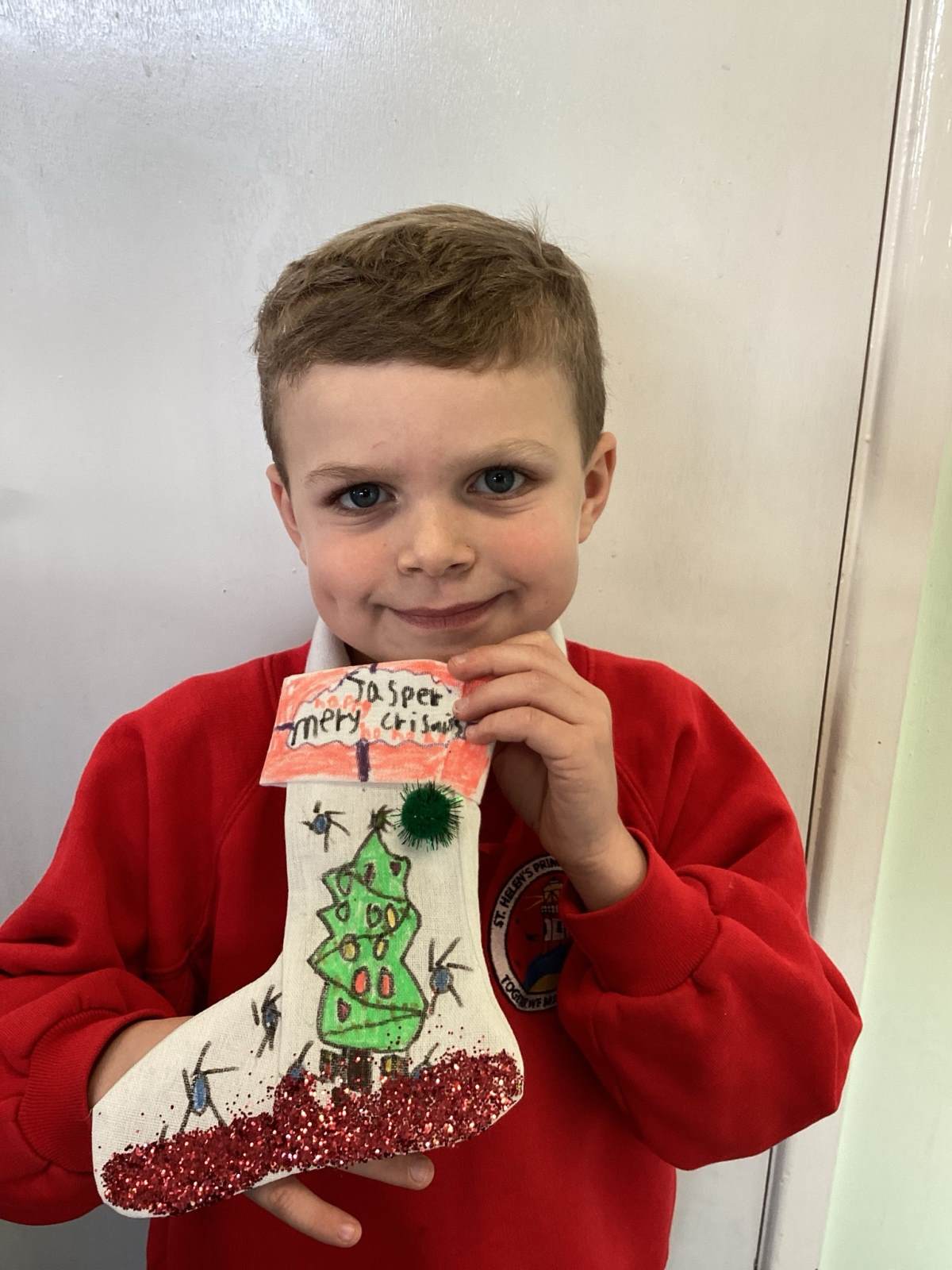
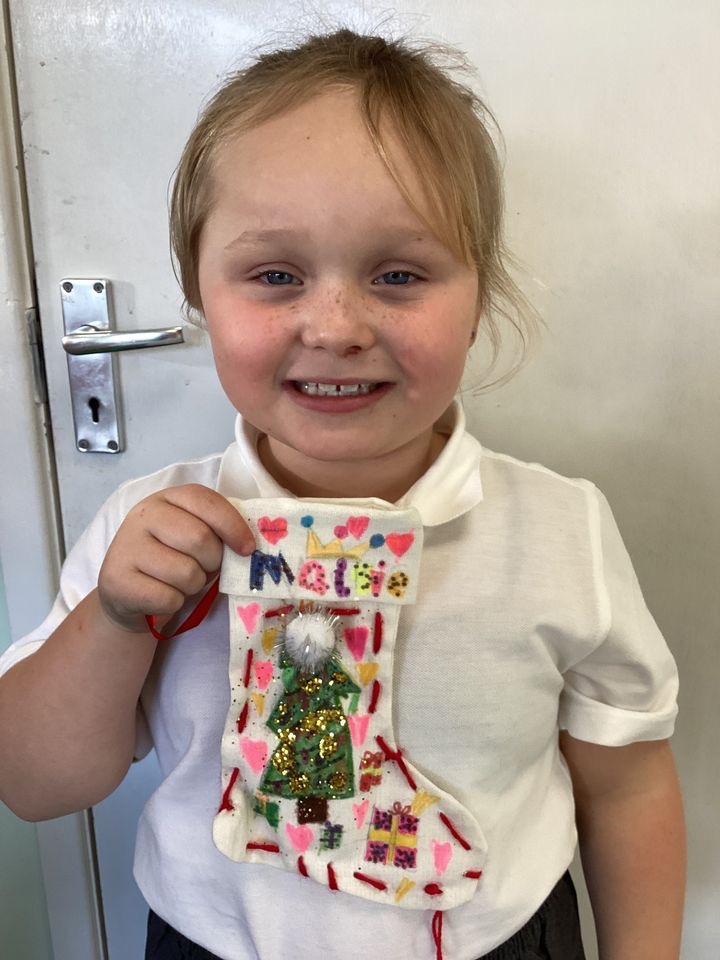
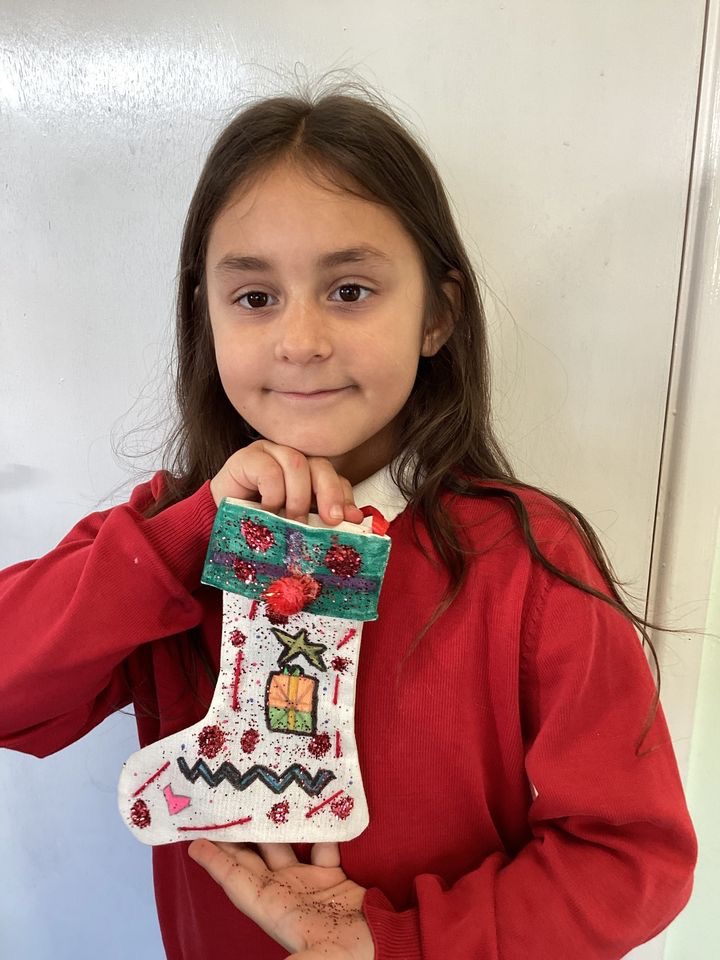
Year 6 DT Frames and Art Michelangelo Pieces
Year 6 DT Frames
Year 6 Woodwork - Photo Frames
Year 6 have been working hard to complete their final product in our woodwork DT topic. We have been cutting mitre joints and using sandpaper to achieve a smooth finish on our photo frames. We can't wait to show you the finished results ![]()
![]()
![]()
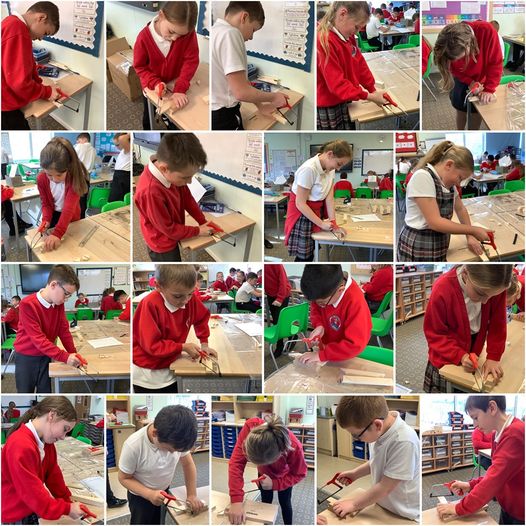
Year 5 and 6 CAM Toys
Year 5 and 6 have been making moving toys including a range of CAMs to create different movements, patterns and designs. The year six children have based their designs on their class novel, Shackleton’s Journey.
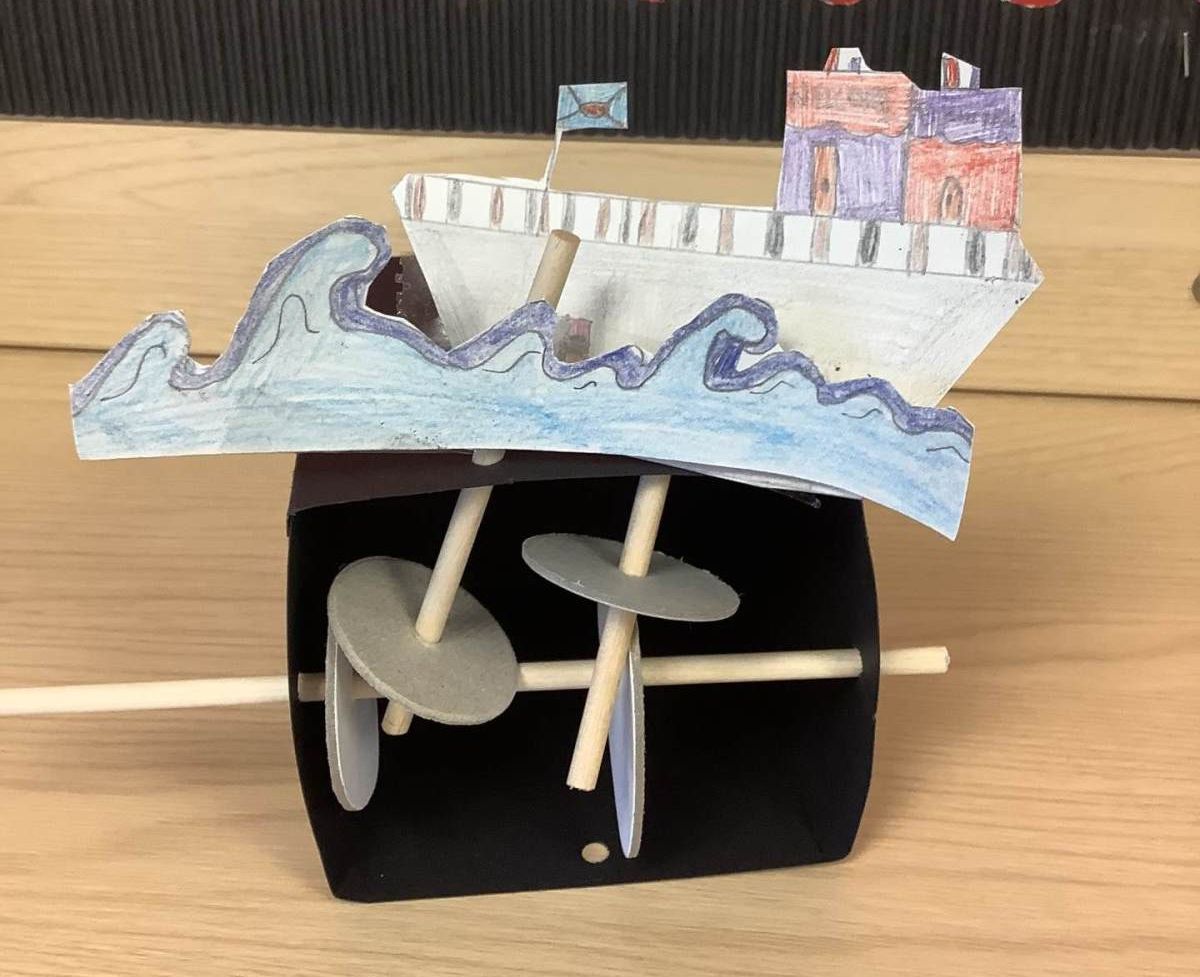
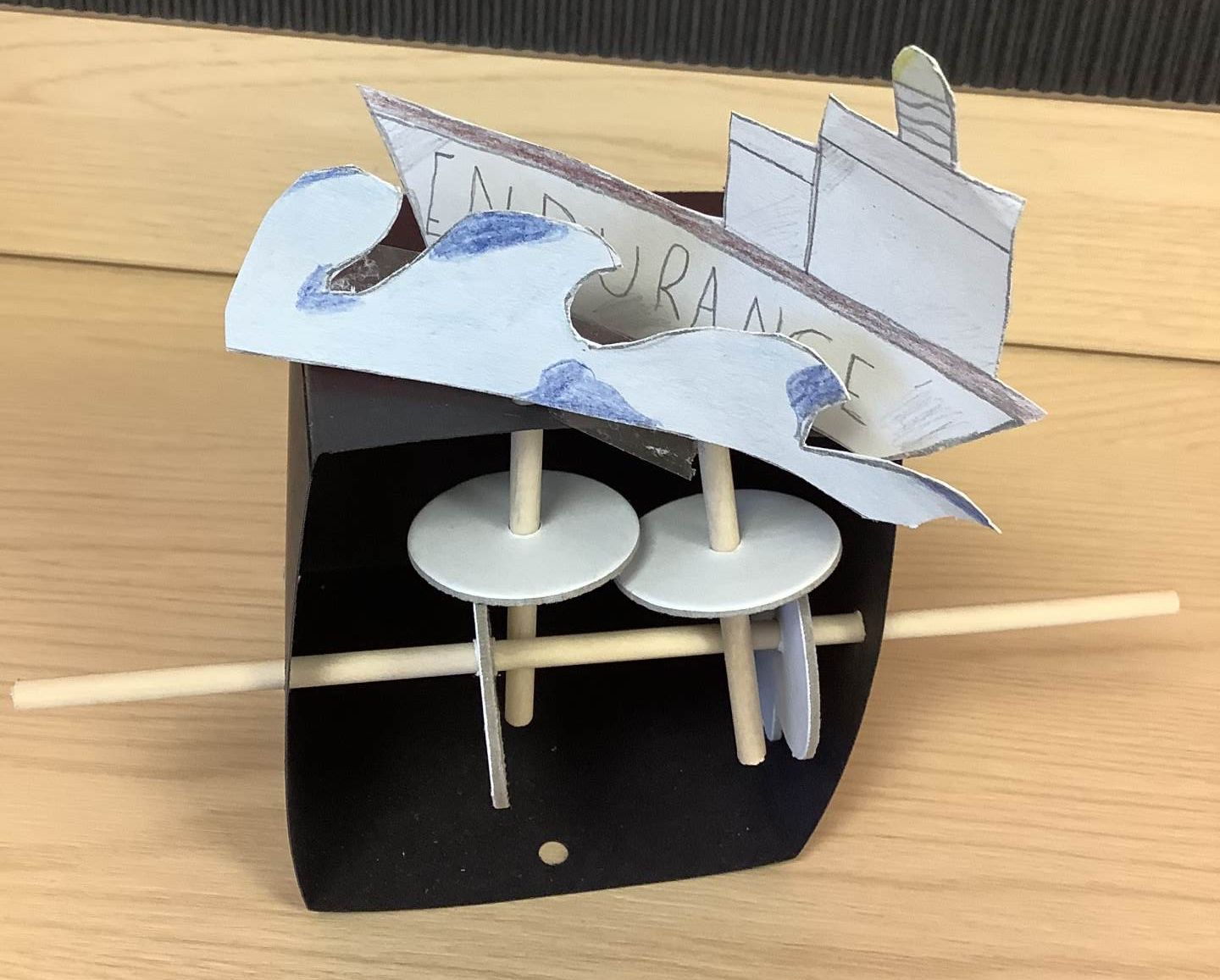
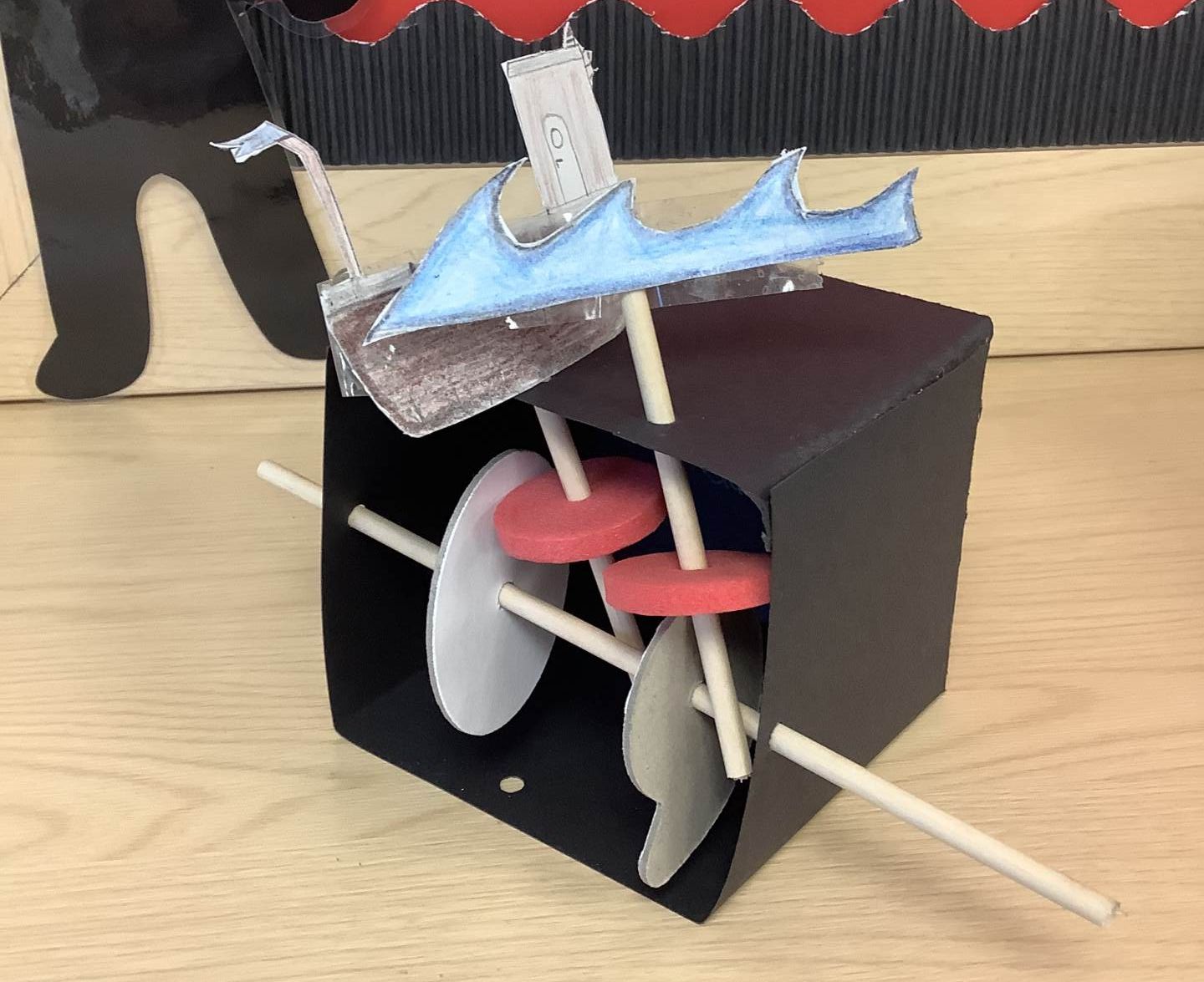
Design and Technology Day 2022
This year, children have completed their first ever Design and Technology day. Our pupils looked at a range of design periods from historical to modern and were given individual class briefs, to design a piece of furniture in their researched style. What a fantastic day across school and brilliant examples of evaluation, research, comparing and contrasting, identifying features and design work from all of our children.

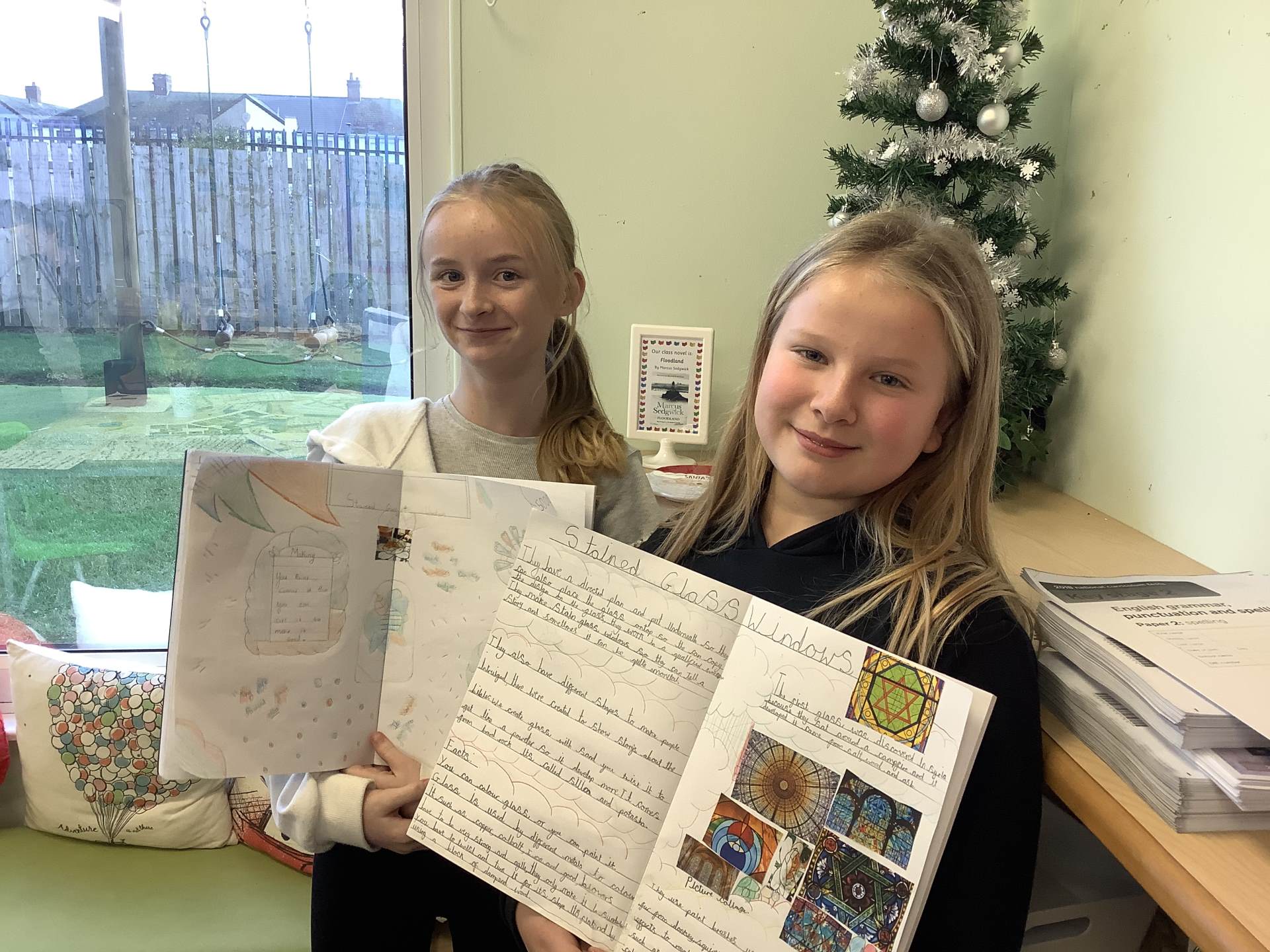
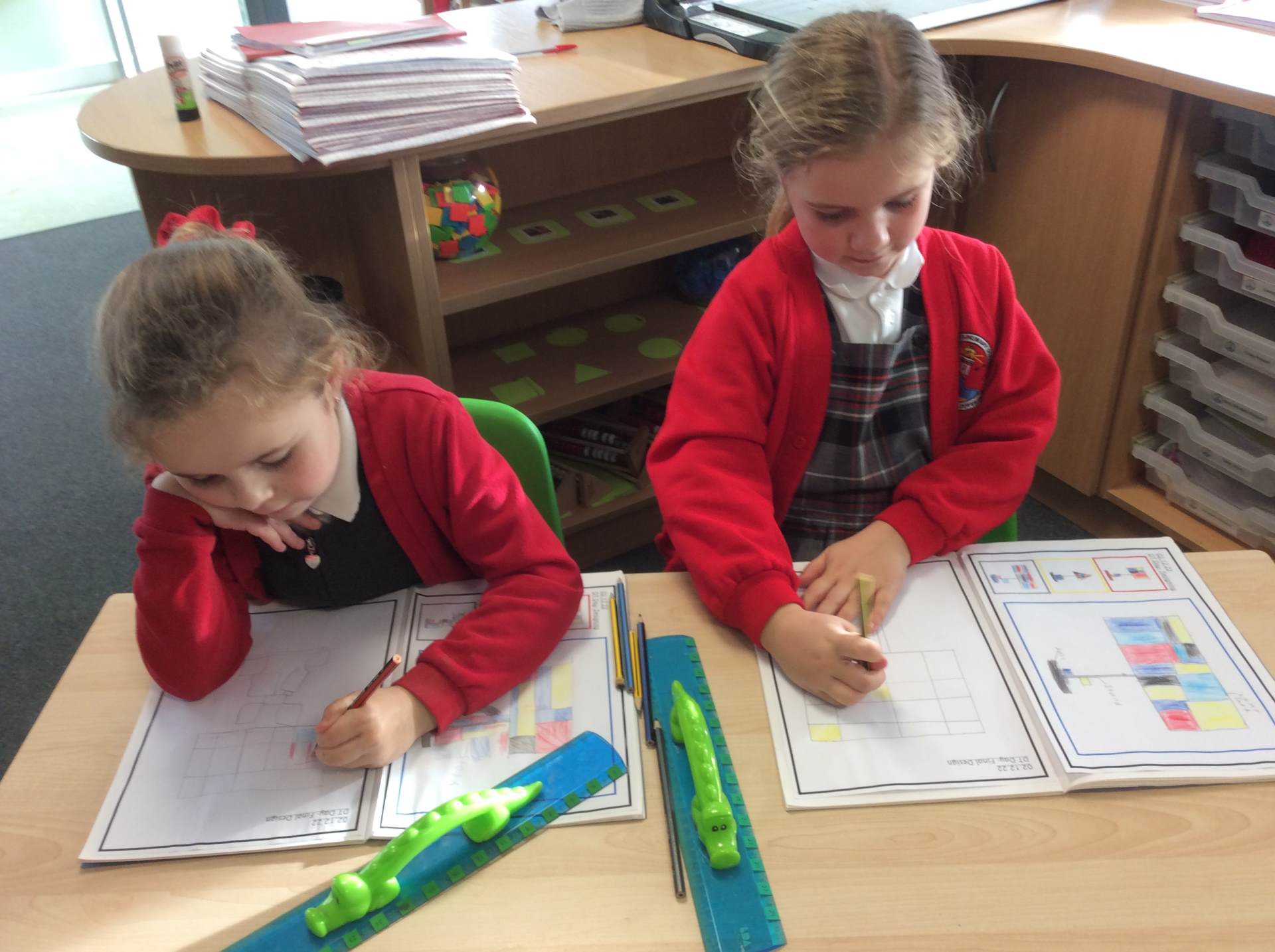
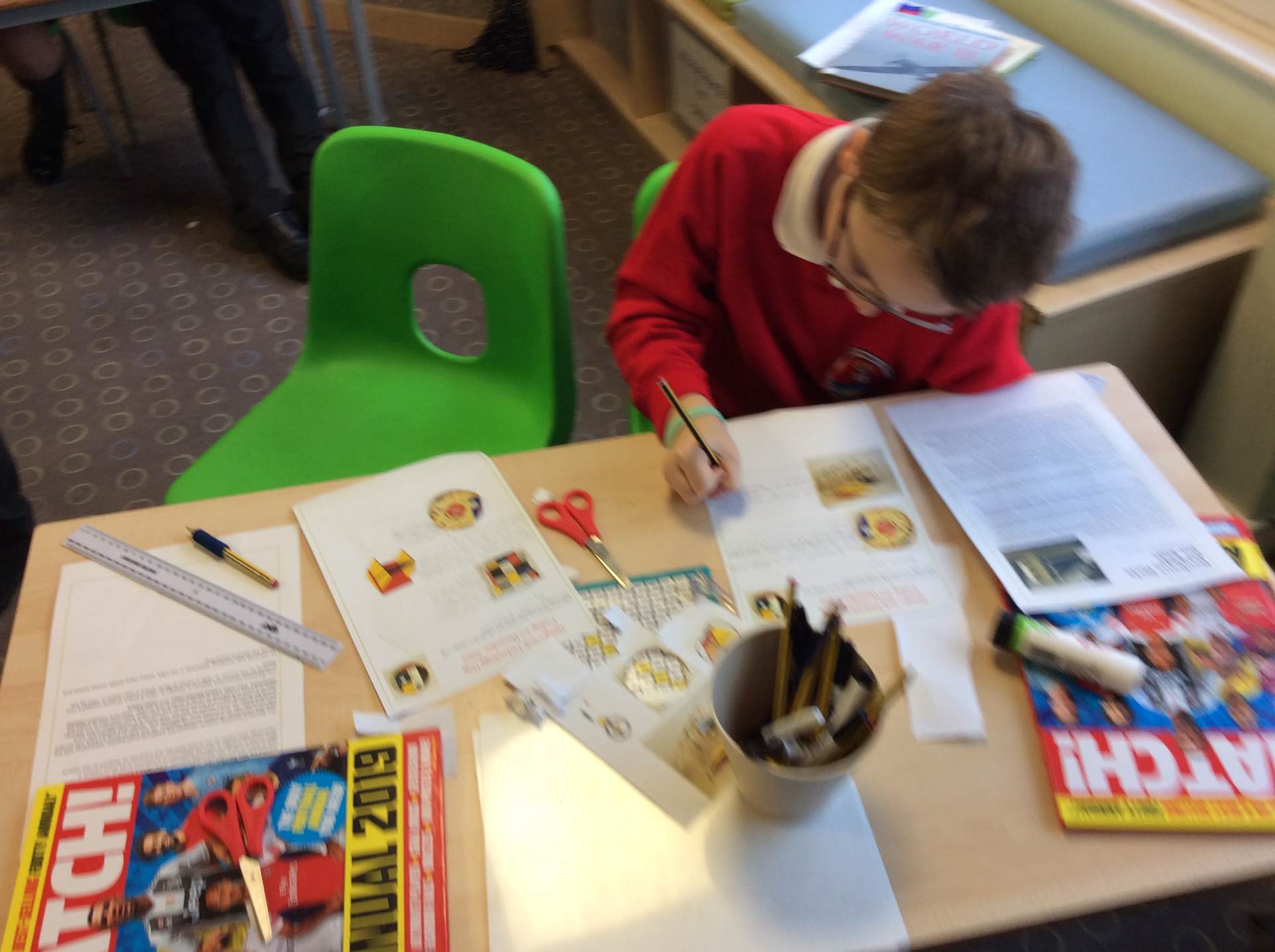

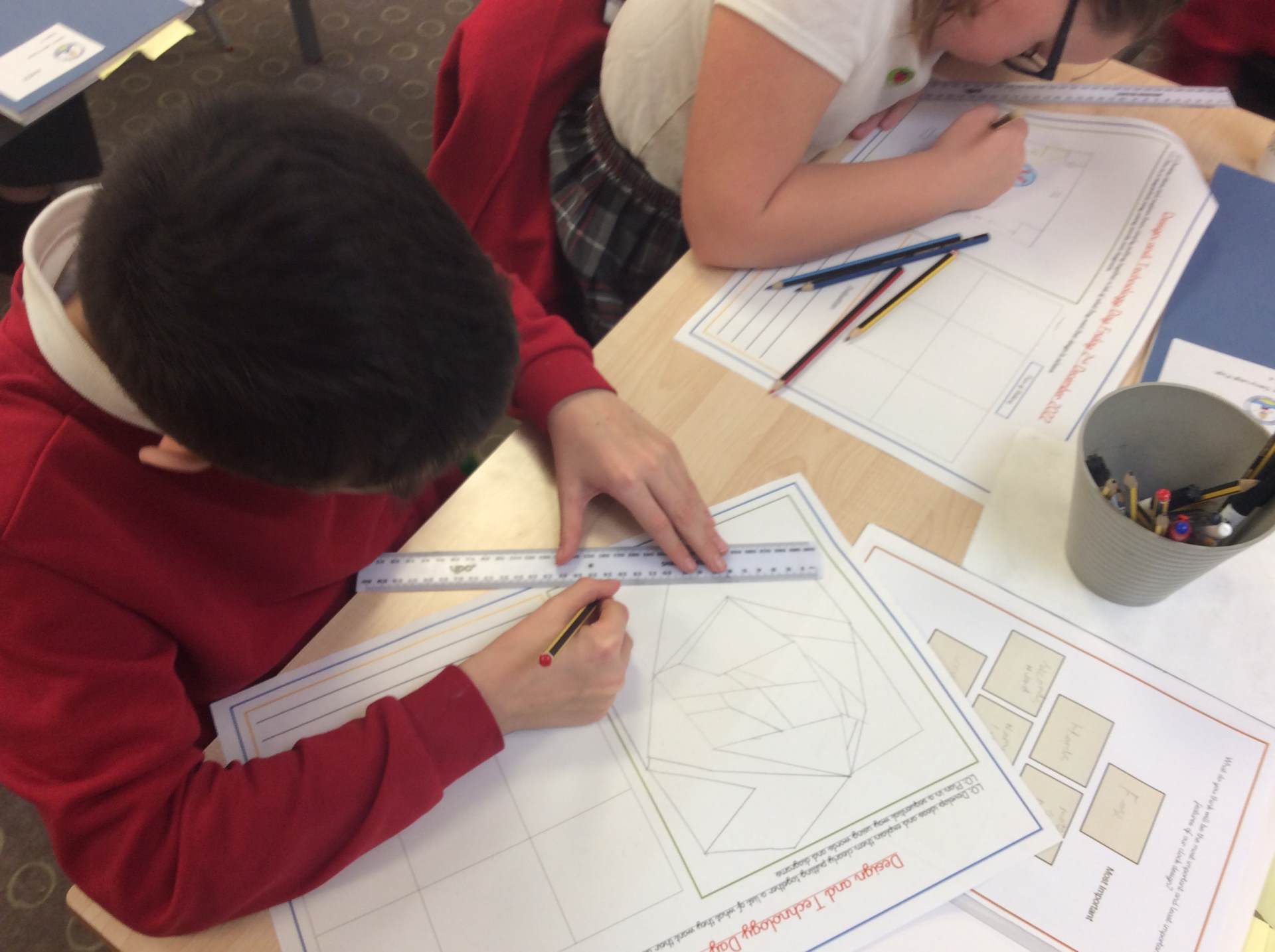


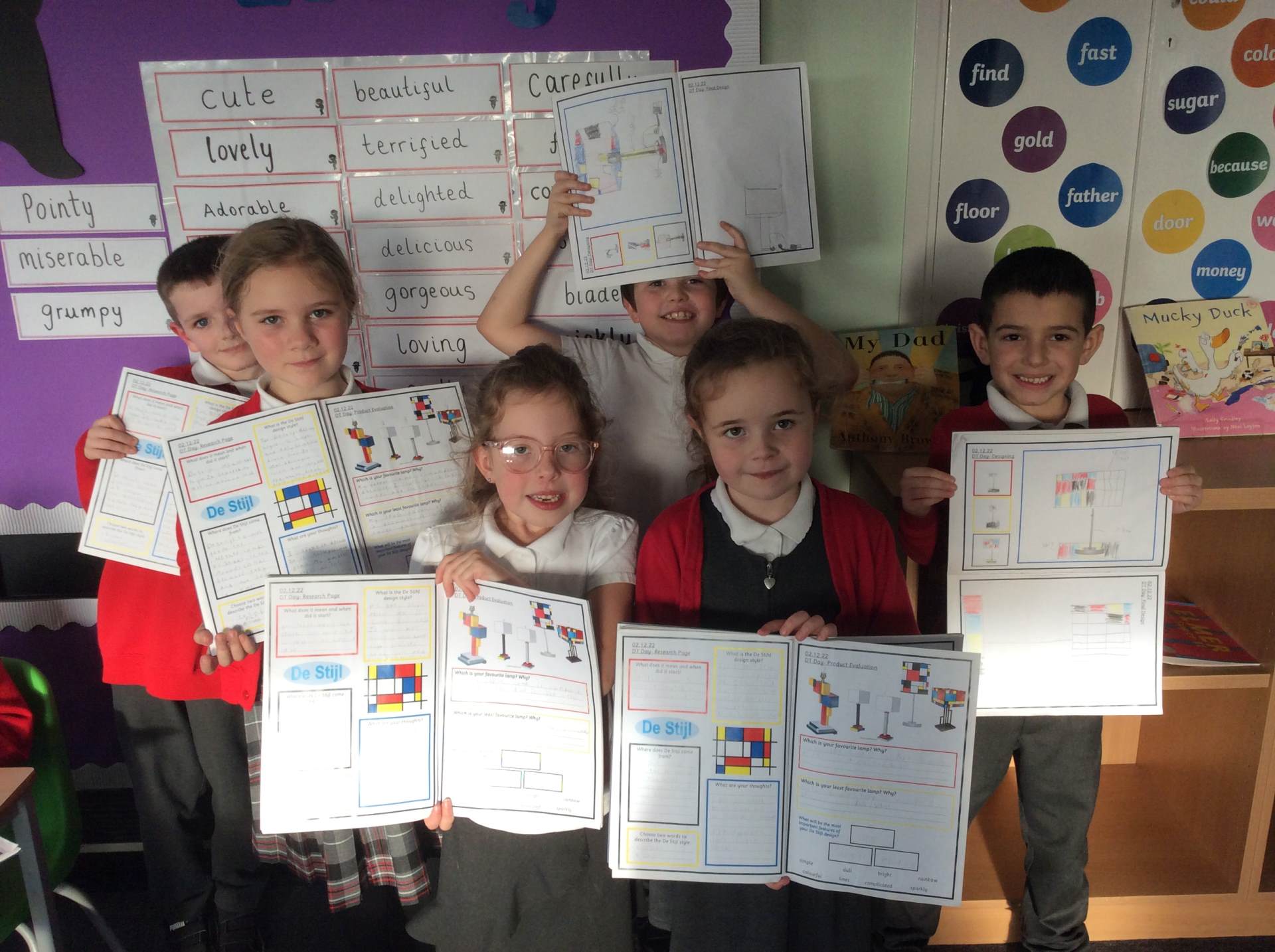
Design and Technology Day 2022
Year 4 Magnetic Toy Car Designs
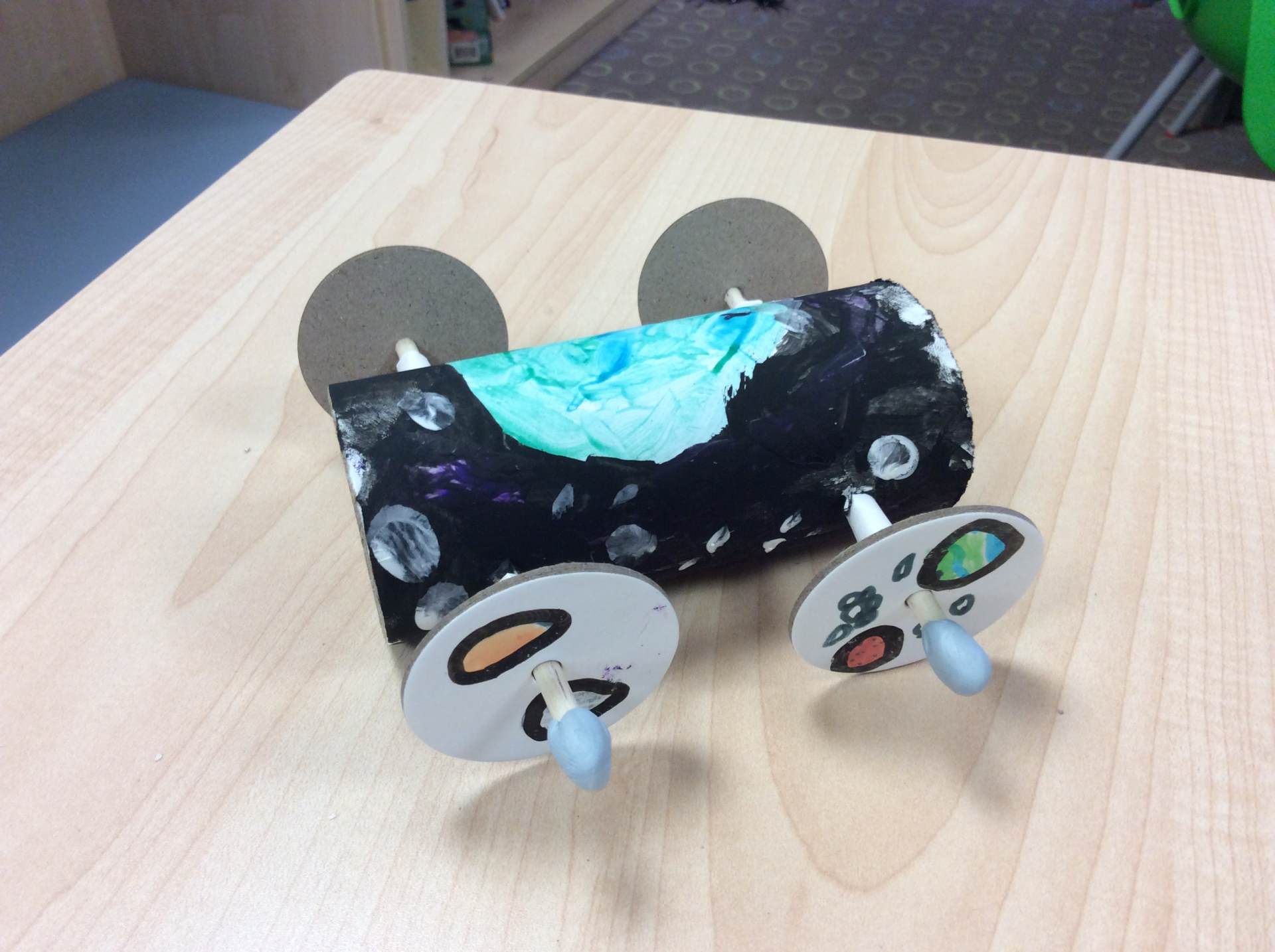


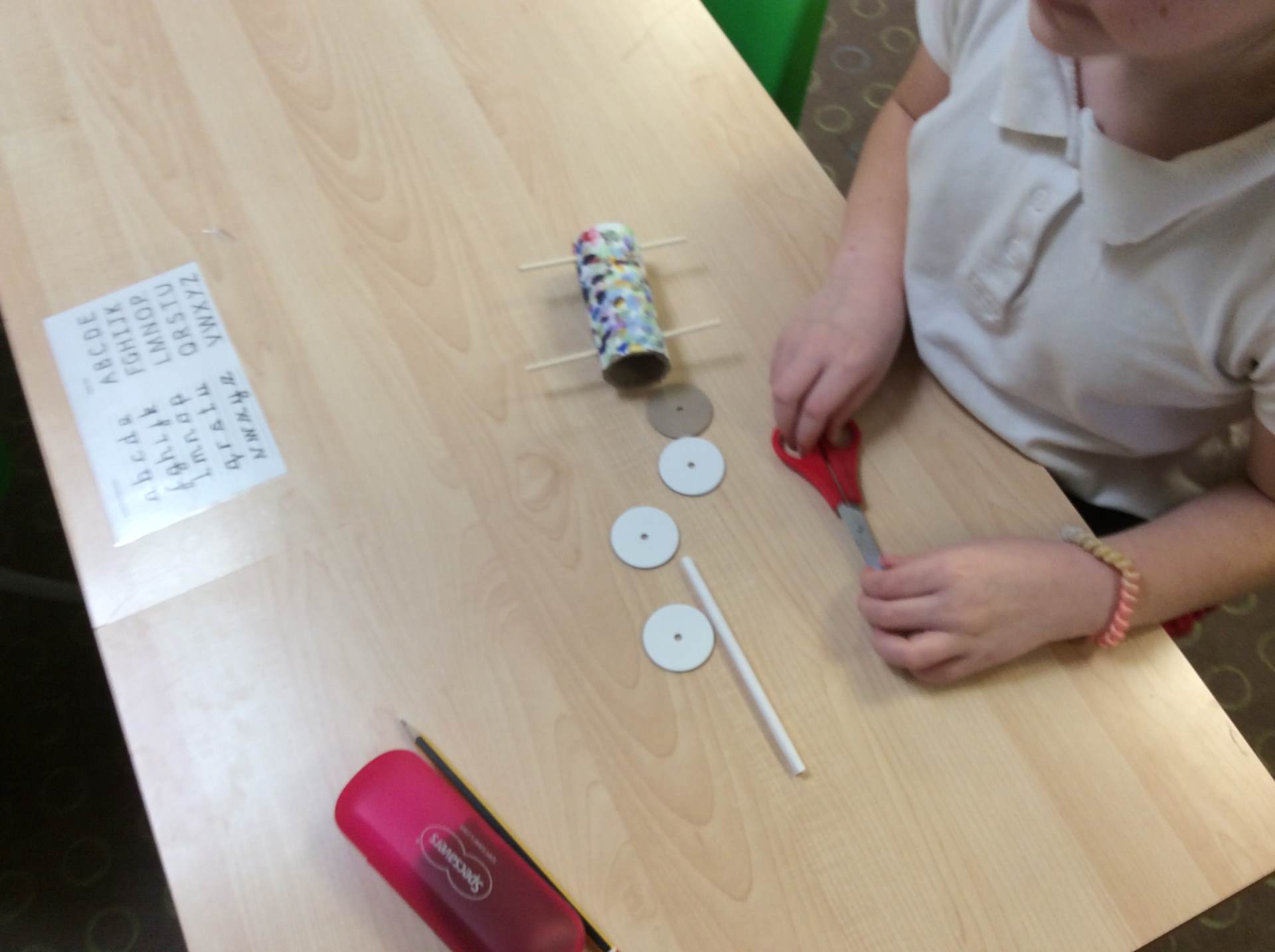
Kite Designs
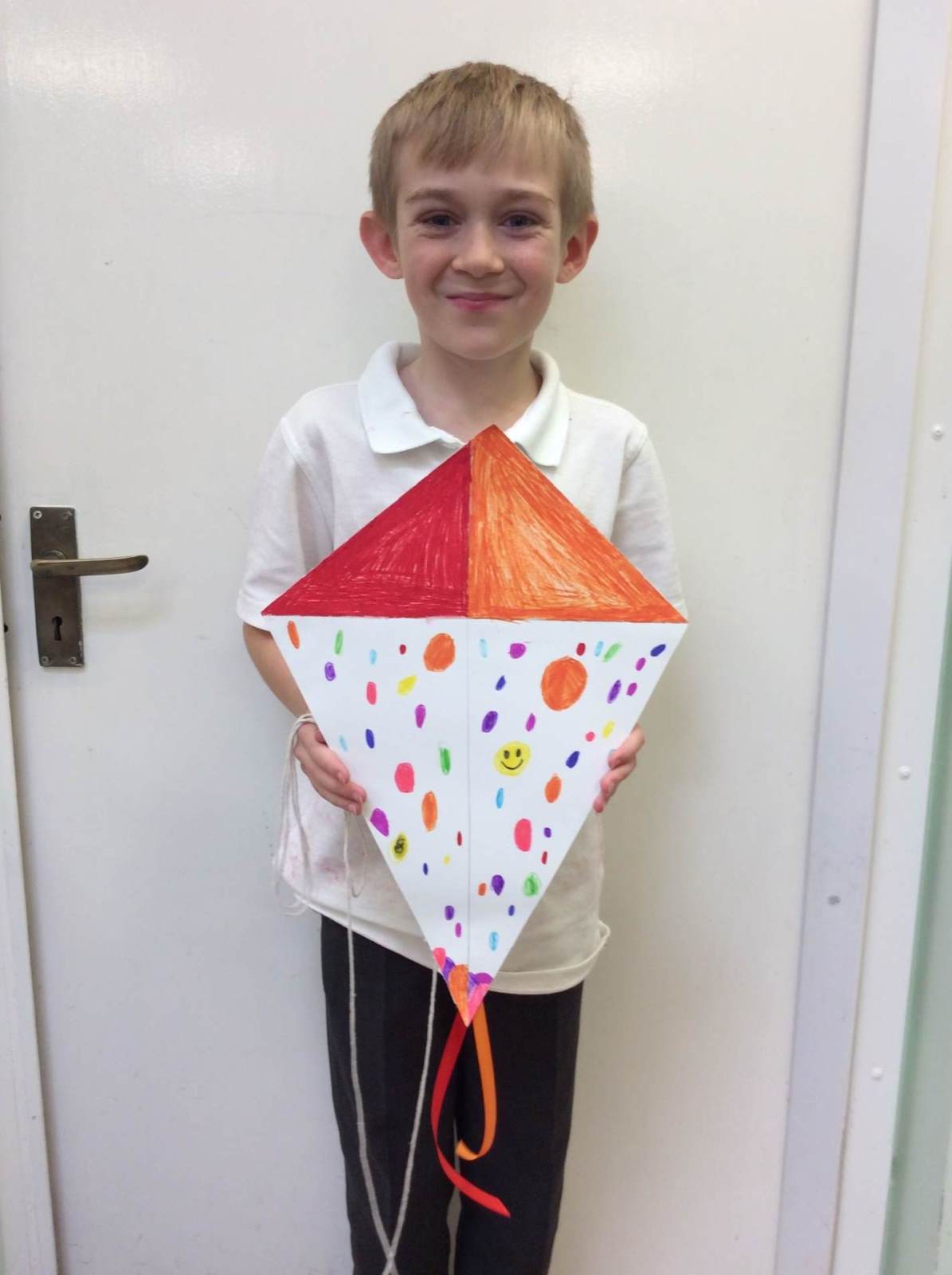
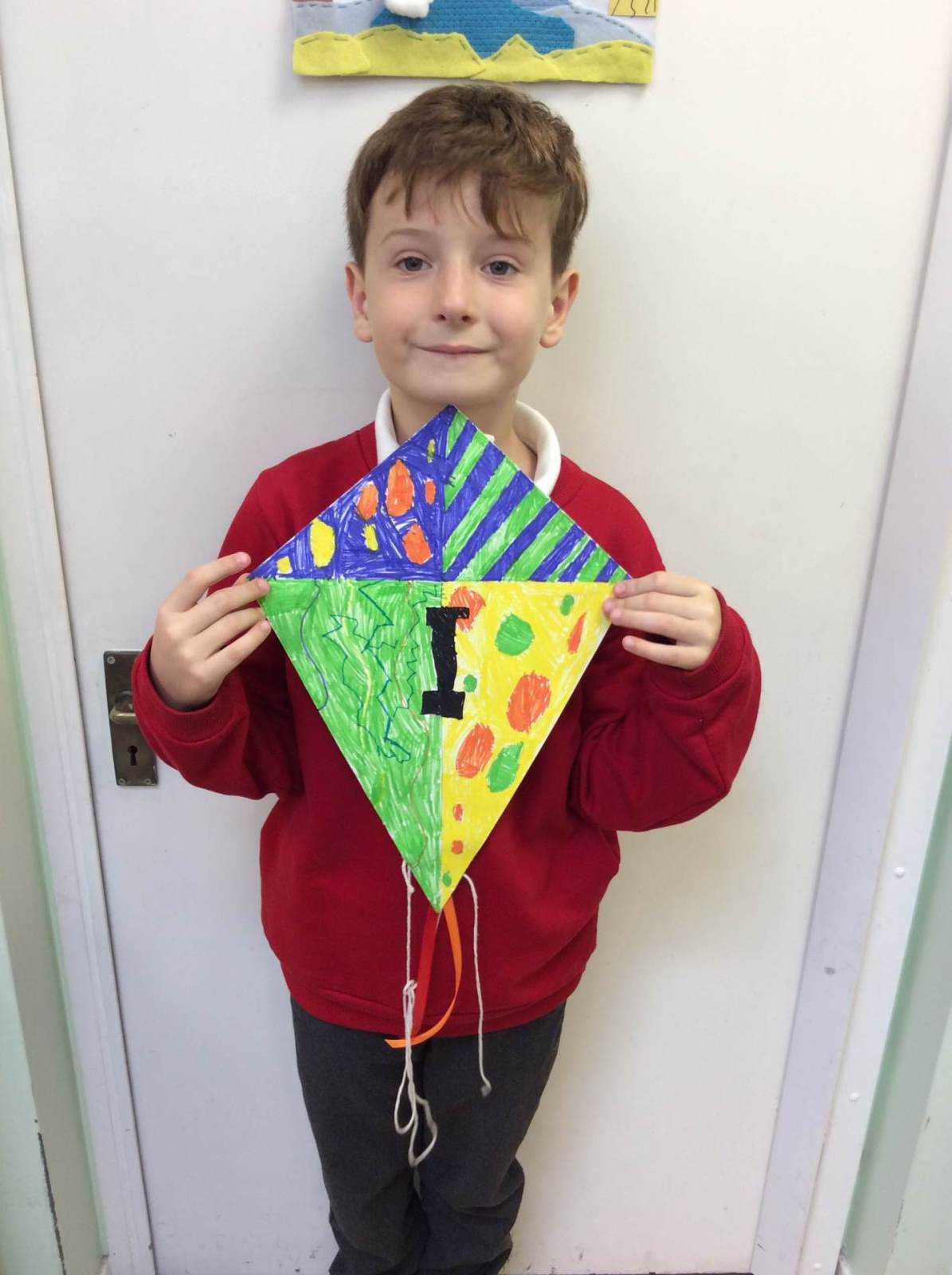
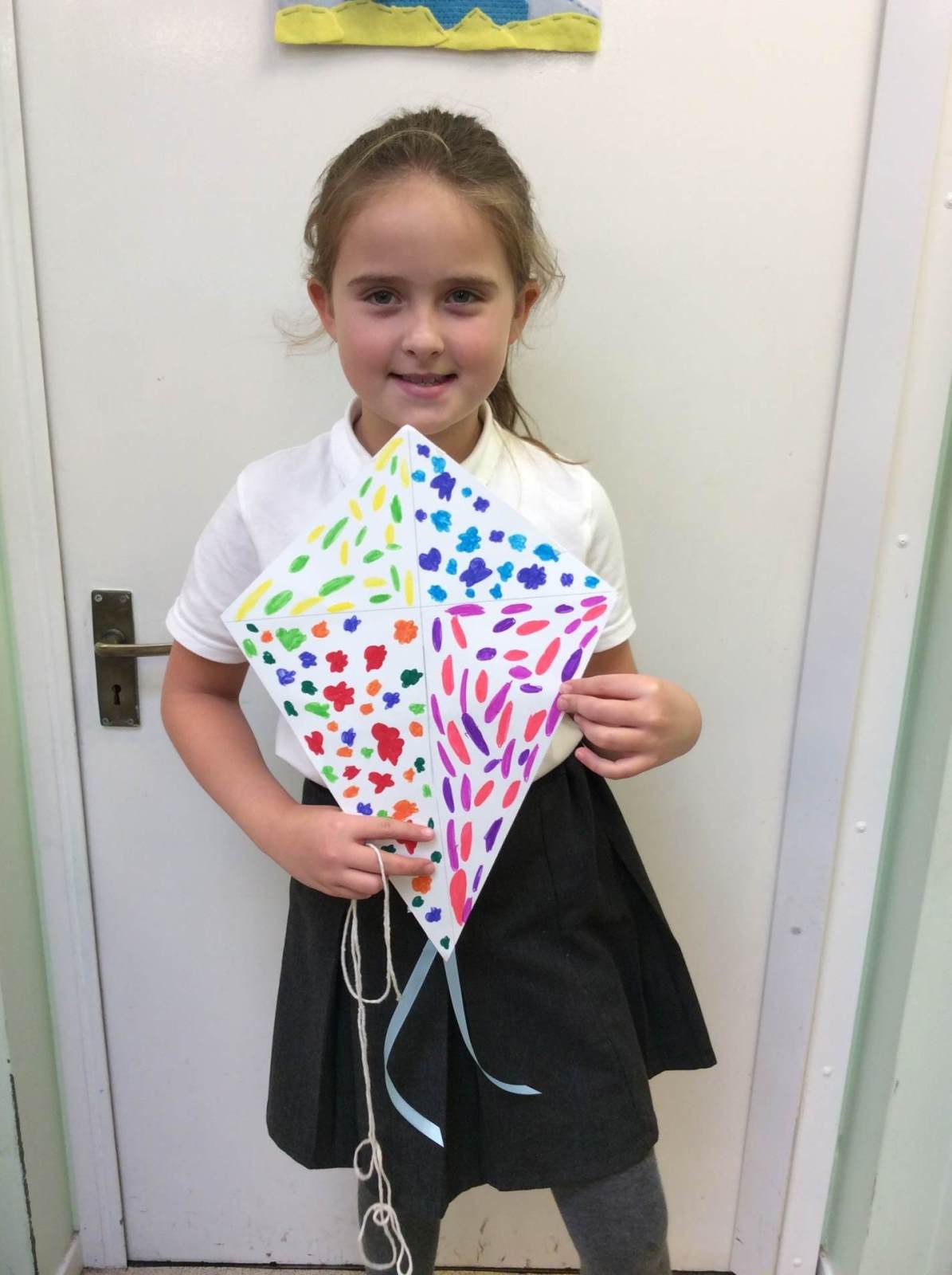

Year 5 STEM Day
Year 5 were invited to St Hild's to take part in an exciting STEM event where children designed, made, tested and evaluated their own racing car. The children loved the day and St Hild's staff commented on how wonderful our children were. Great work Year 5!
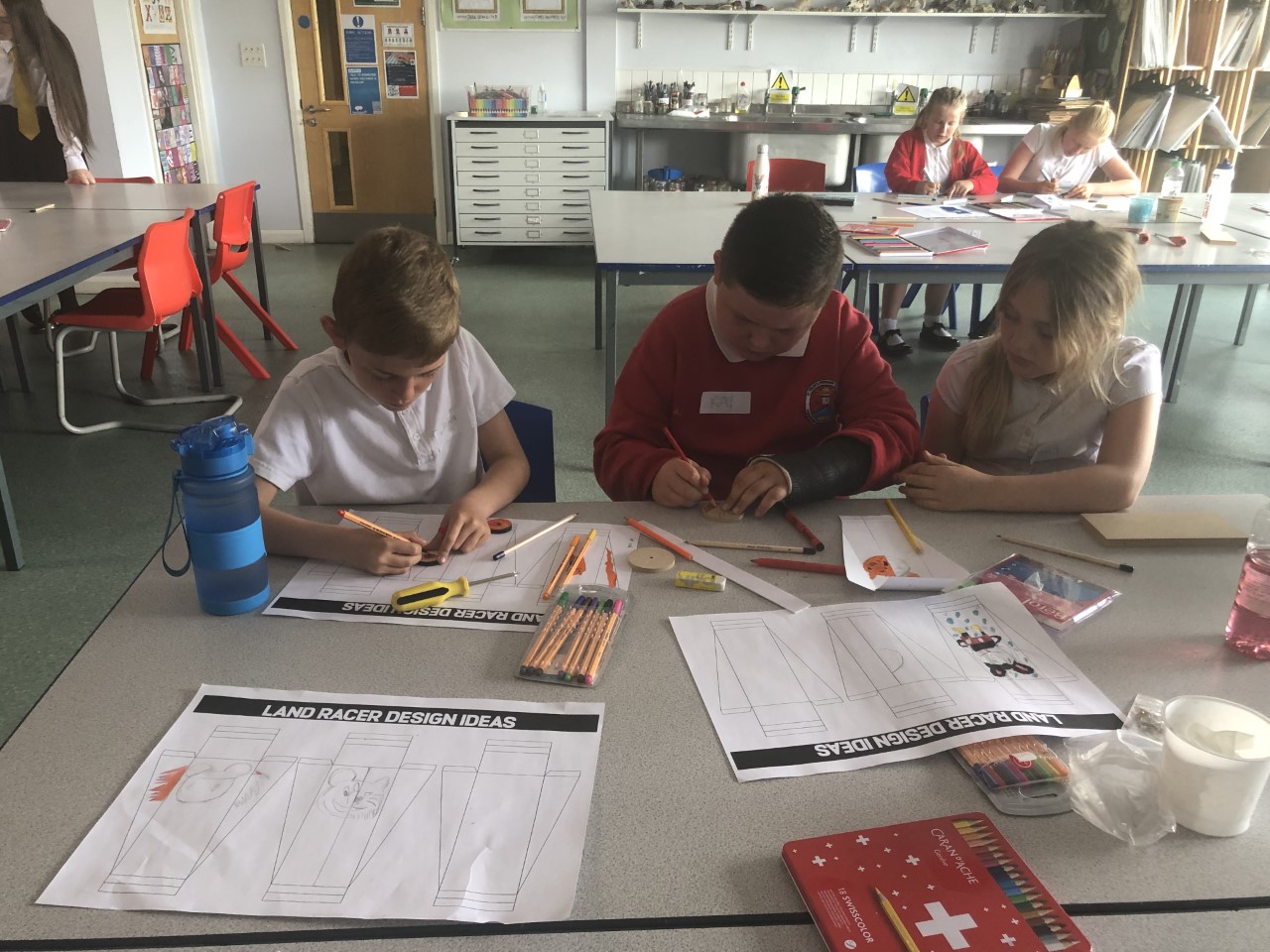
Year 5 STEM Day
Taste Testing in our 'How to make a meal with no electricity' topic!
Our year four pupils enjoyed a ‘Wow!’ Starter lesson completing a bush tucker trial, taste testing seasonal sandwich fillings as part of our Design and Technology topic. We enjoyed rating the fillings and picking our favourites. We will use these ideas to design our own sandwiches to create a meal without any electricity.
Well done year four!
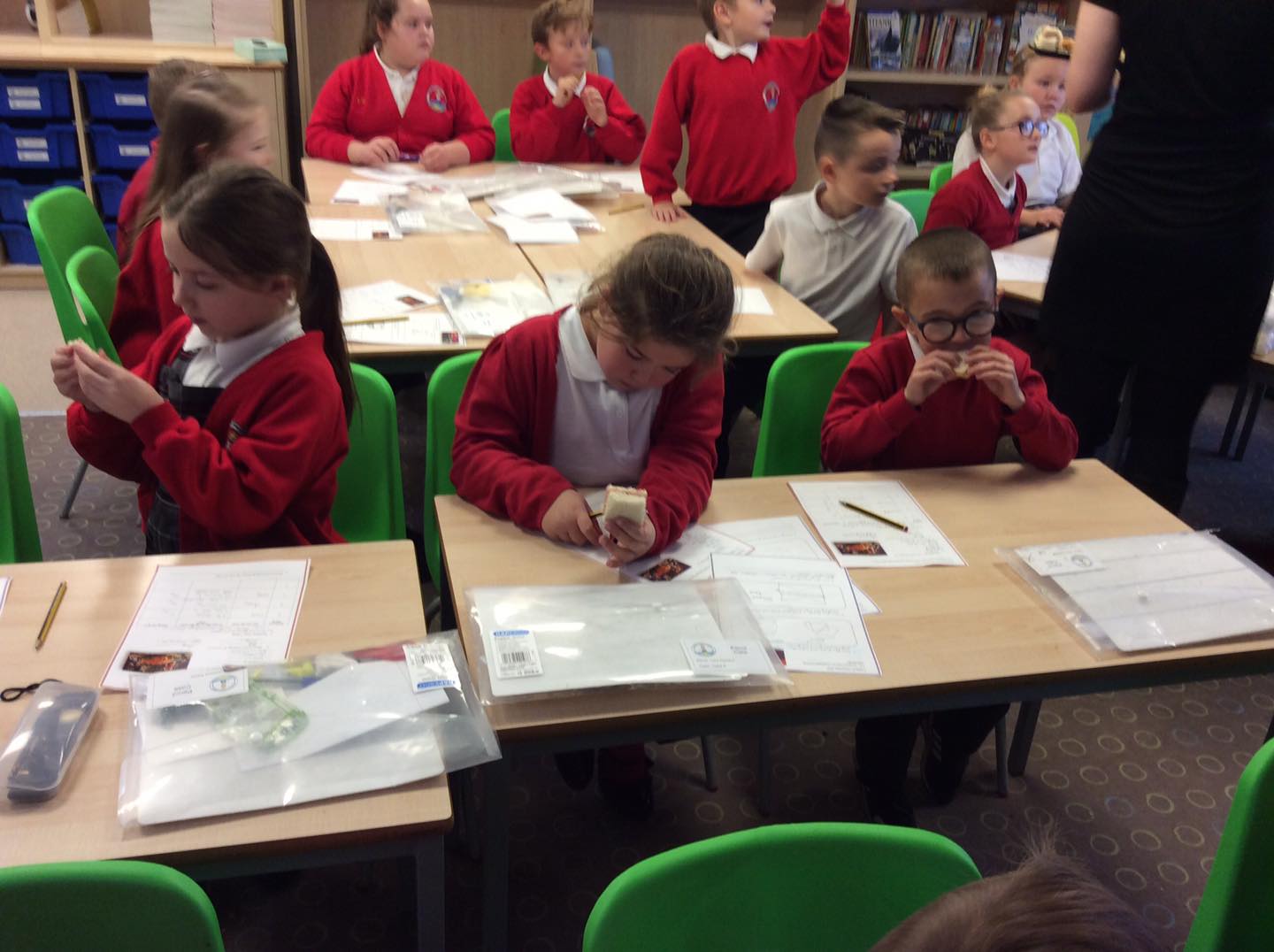
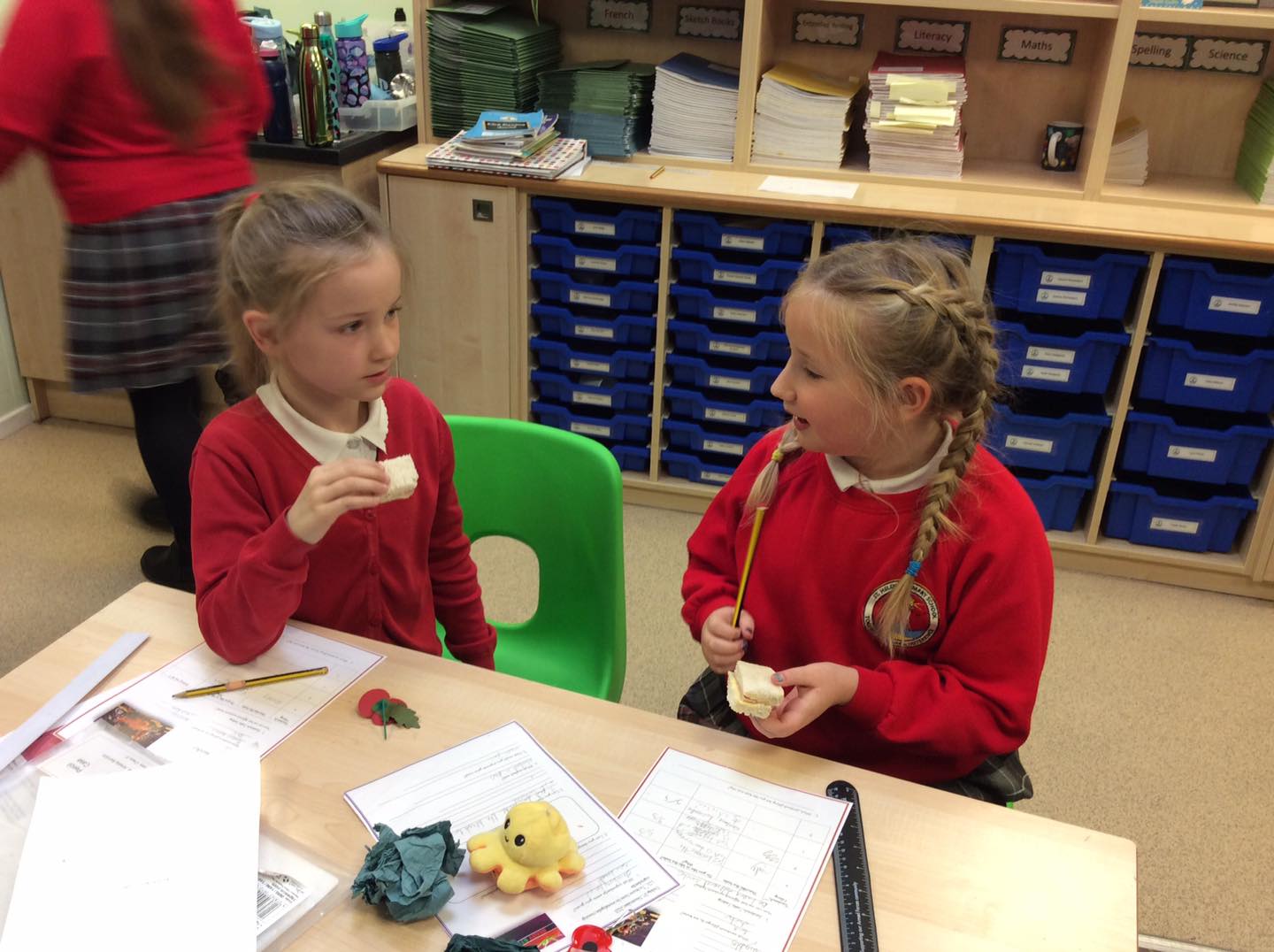
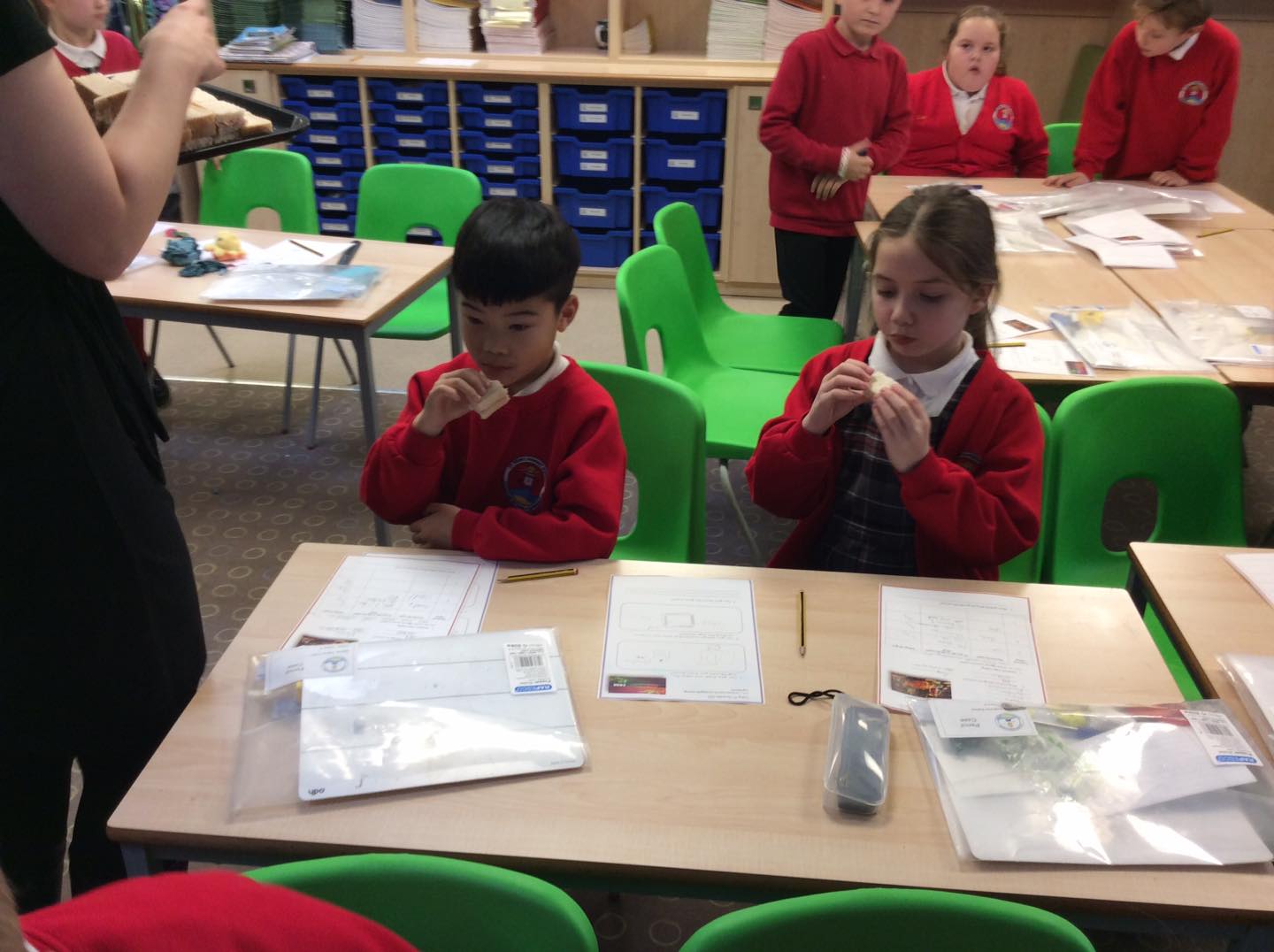
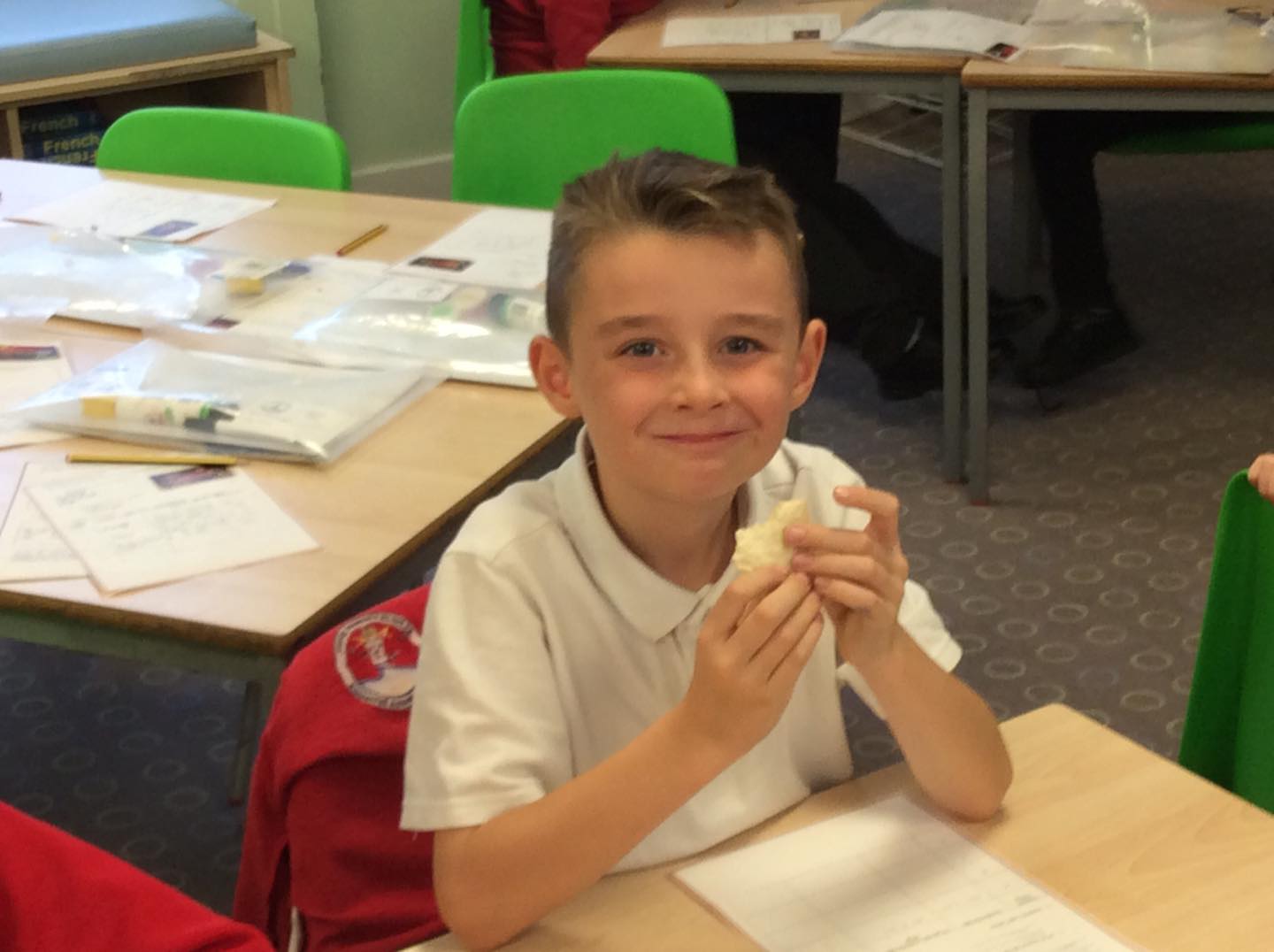
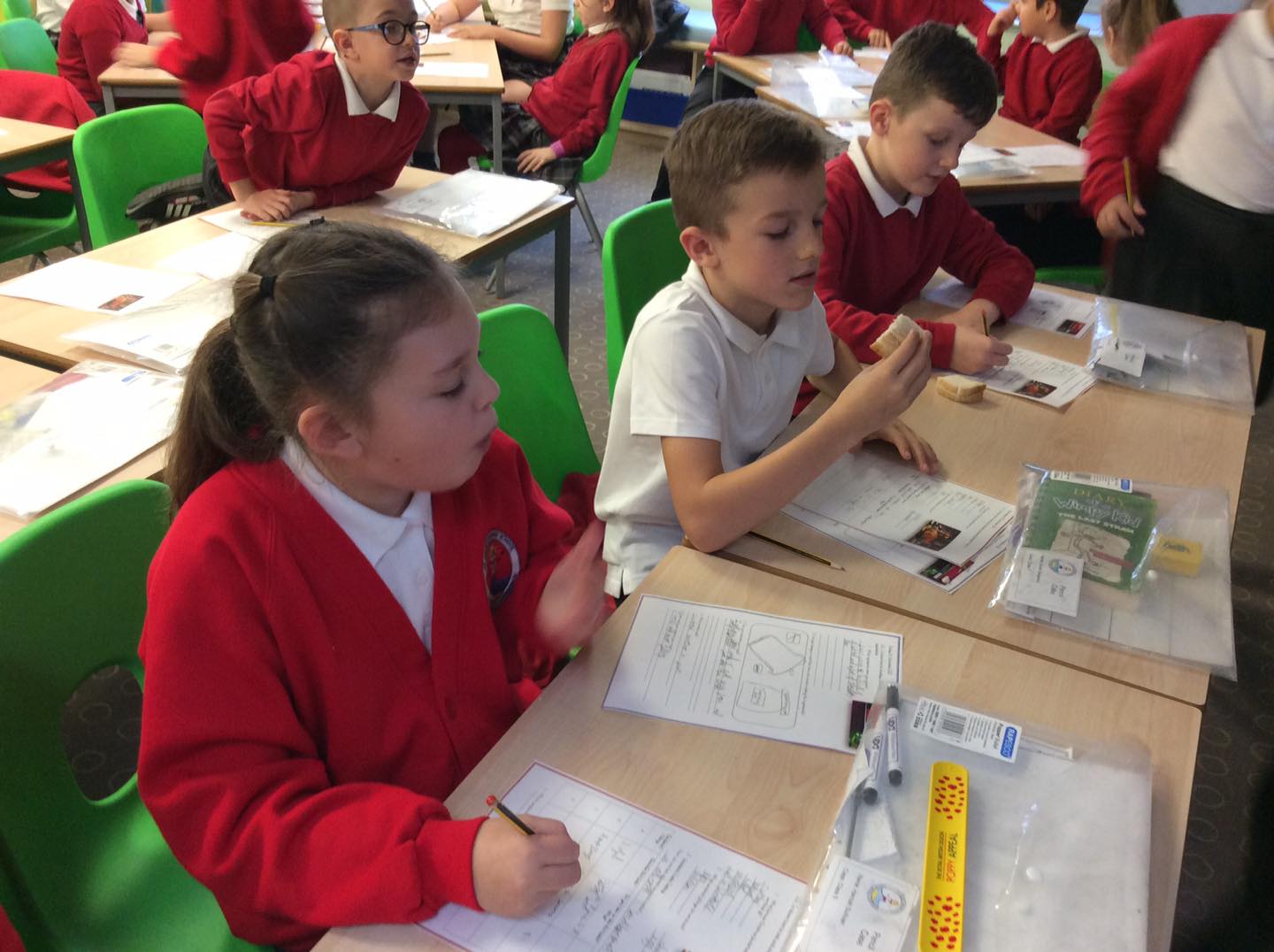
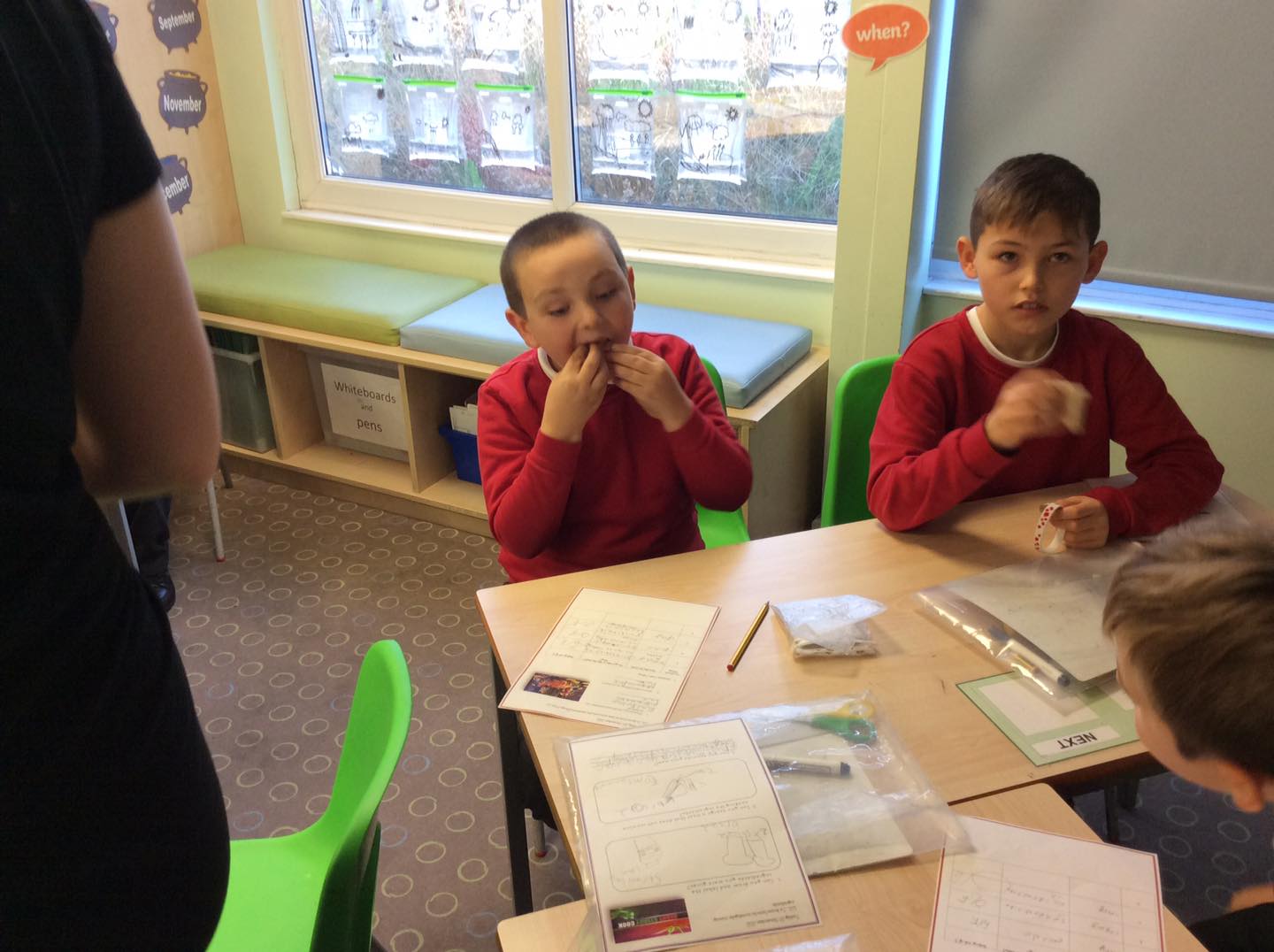
Design and Technology throughout school


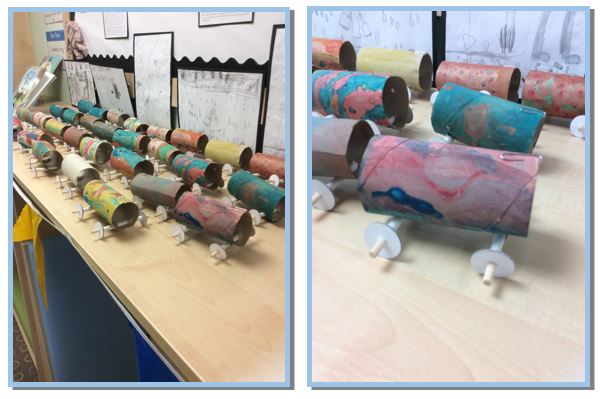
Design Technology Reading Spine
- If I Built a House - Chris Van Dusen
- Oliver's Vegetables - Vivian French
- Many Shapes of Clay: A Story of Healing - Kenesha Sneed
- The Lorax - Dr Seuss
- An Engineer Like Me - Dr Shini Somara
Useful Links
Primary Design and Technology - STEM
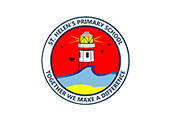
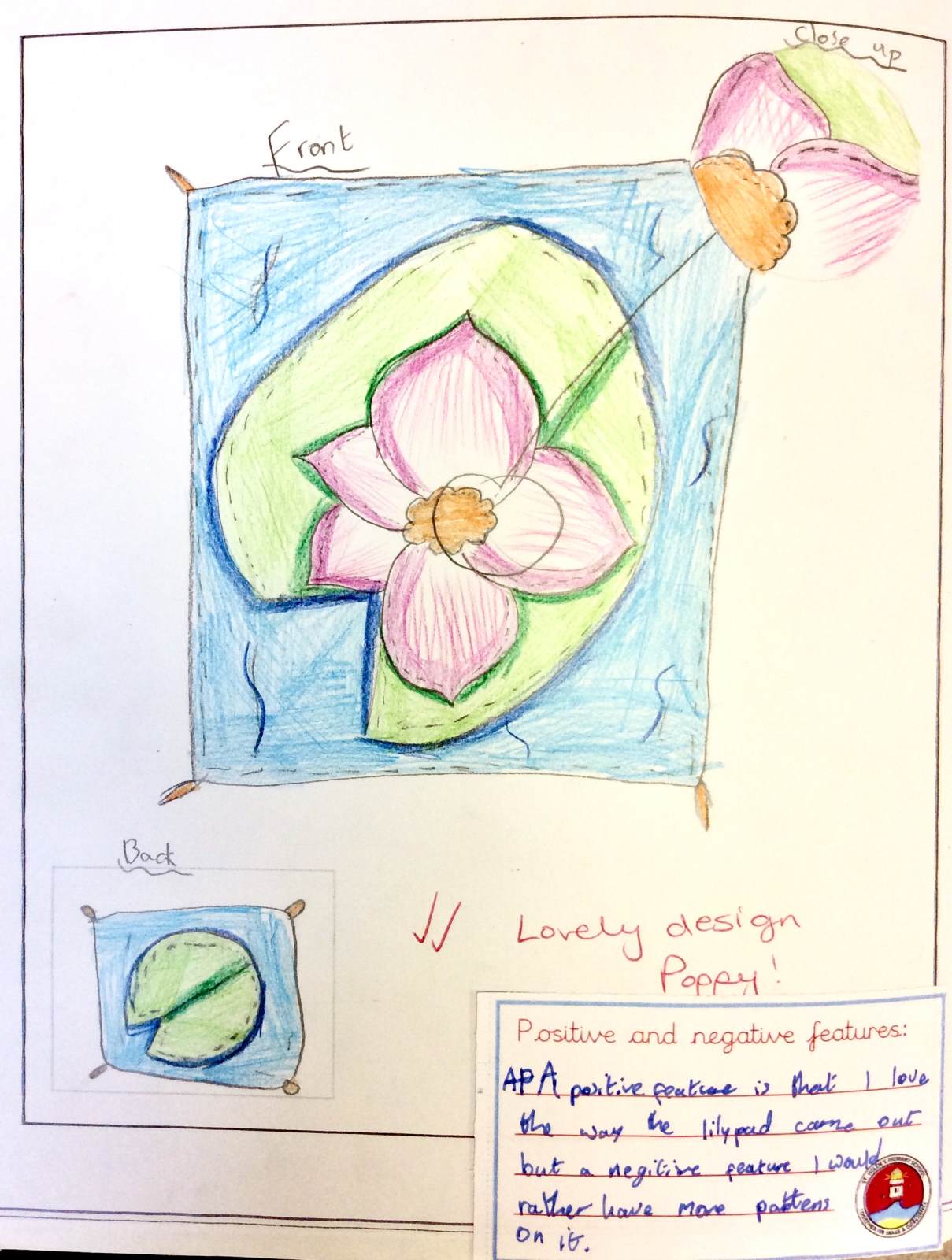
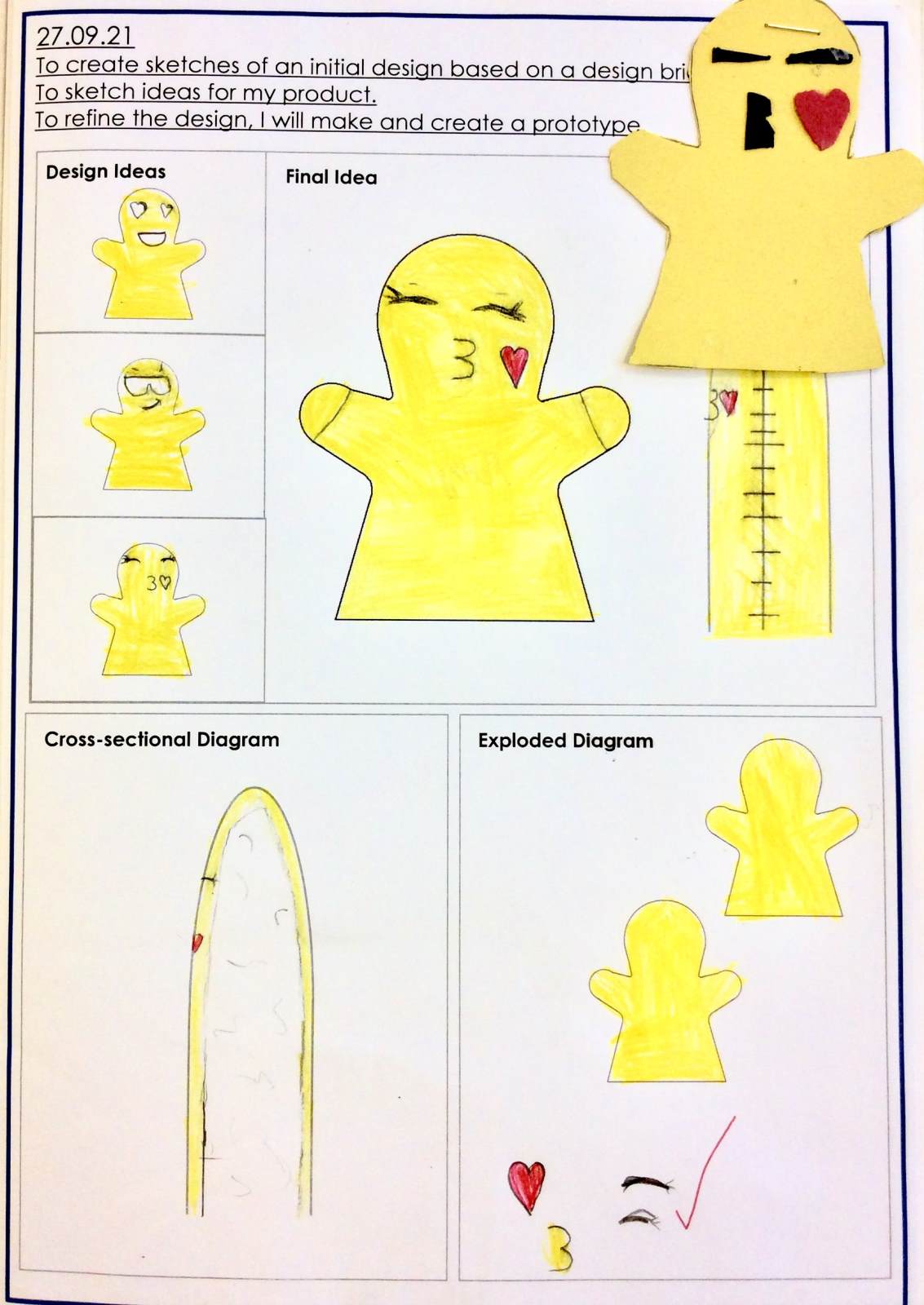
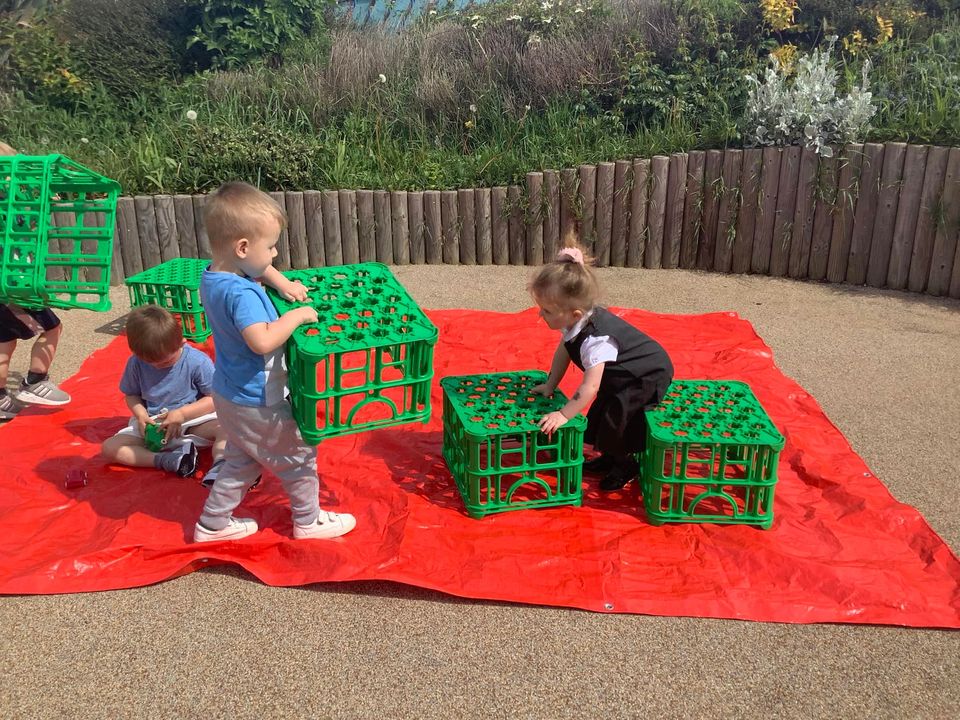

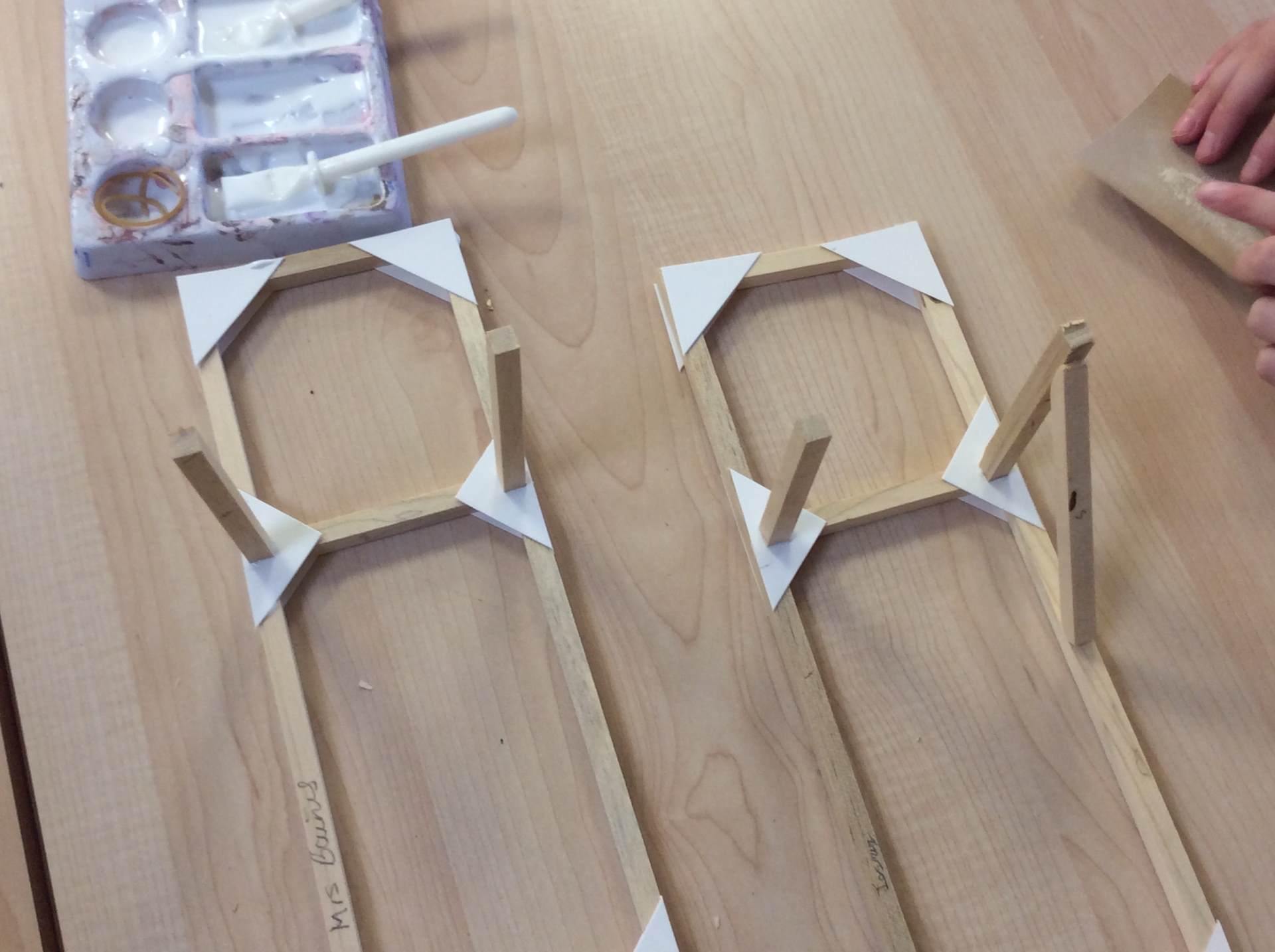
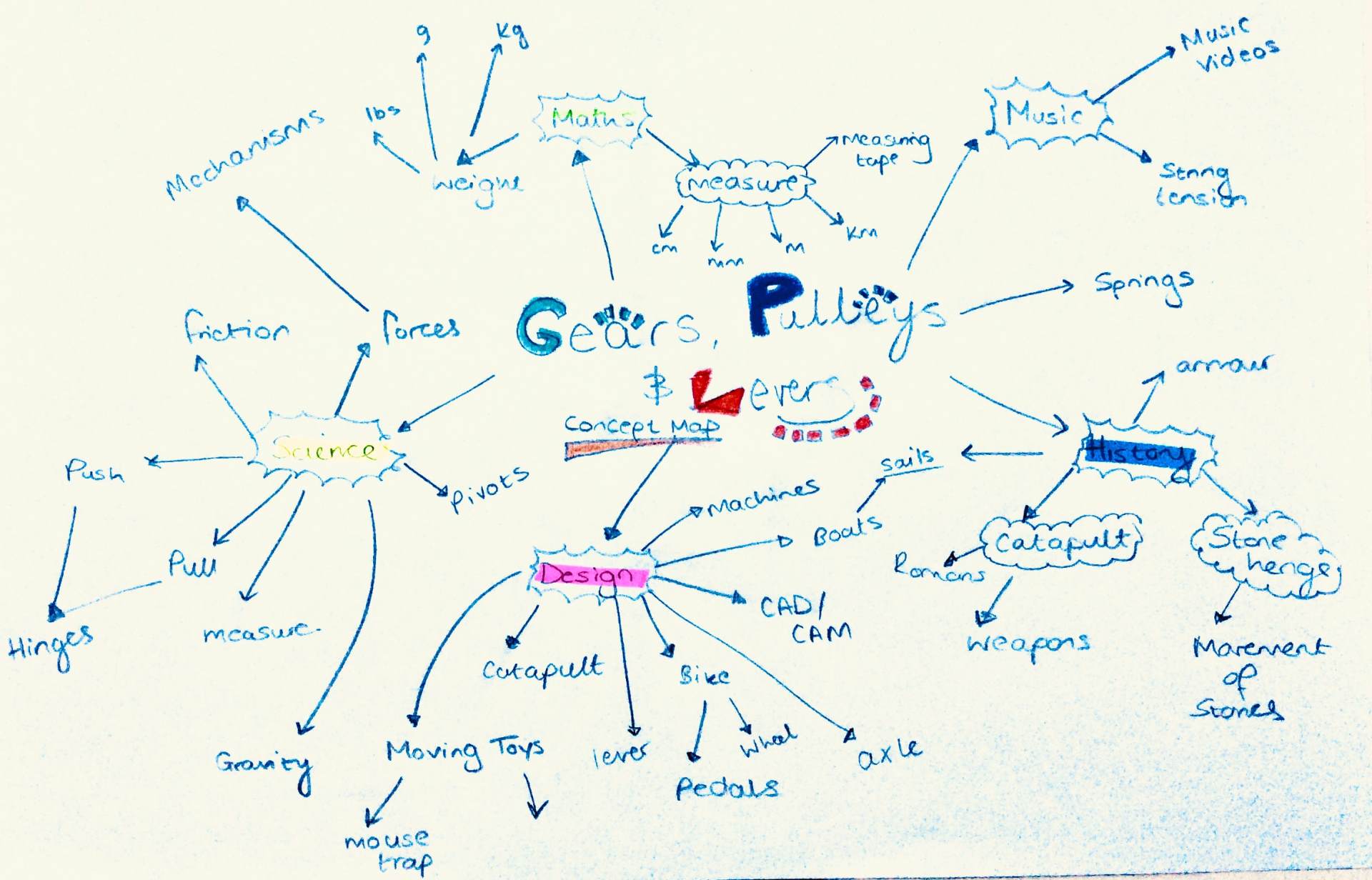
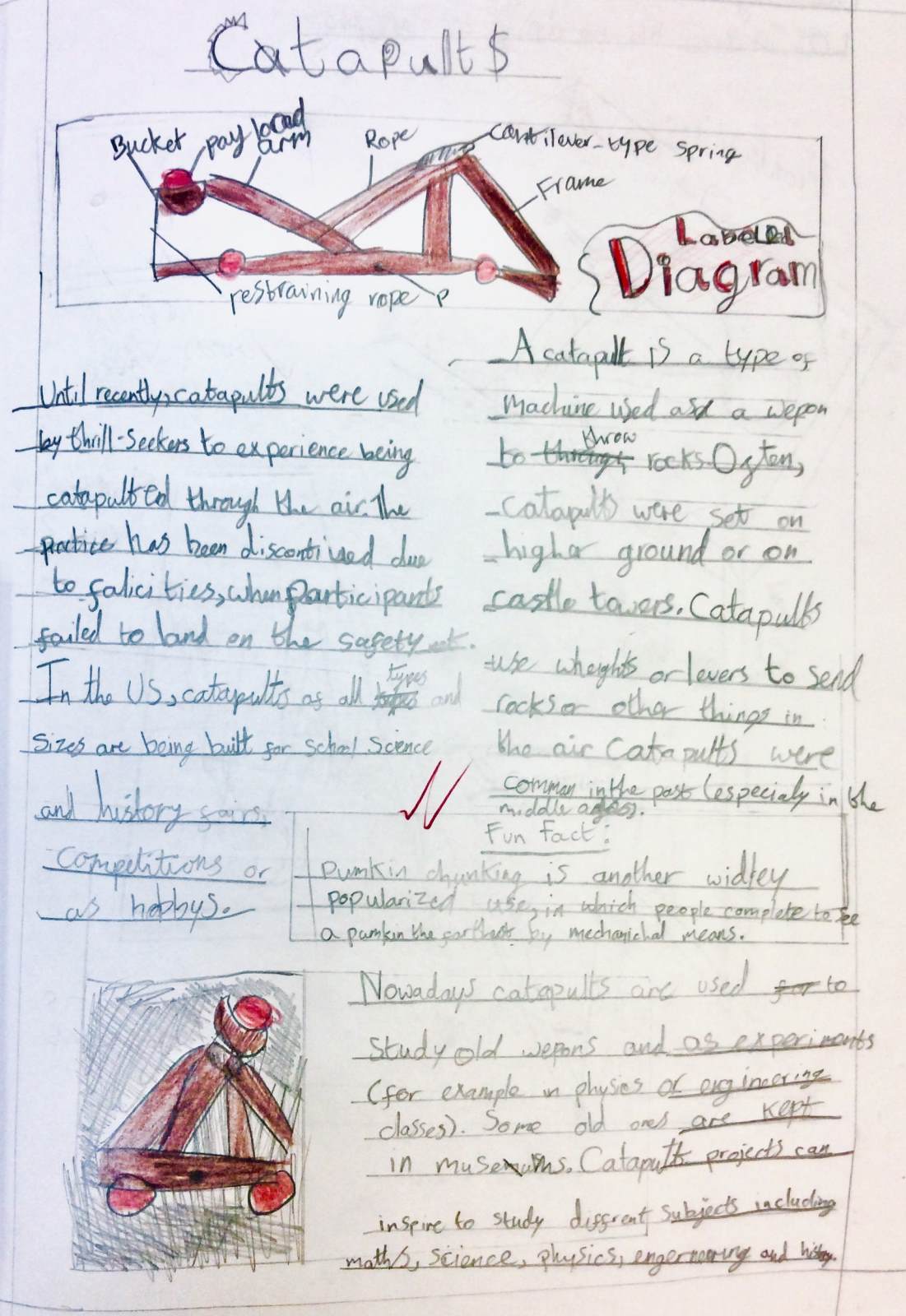
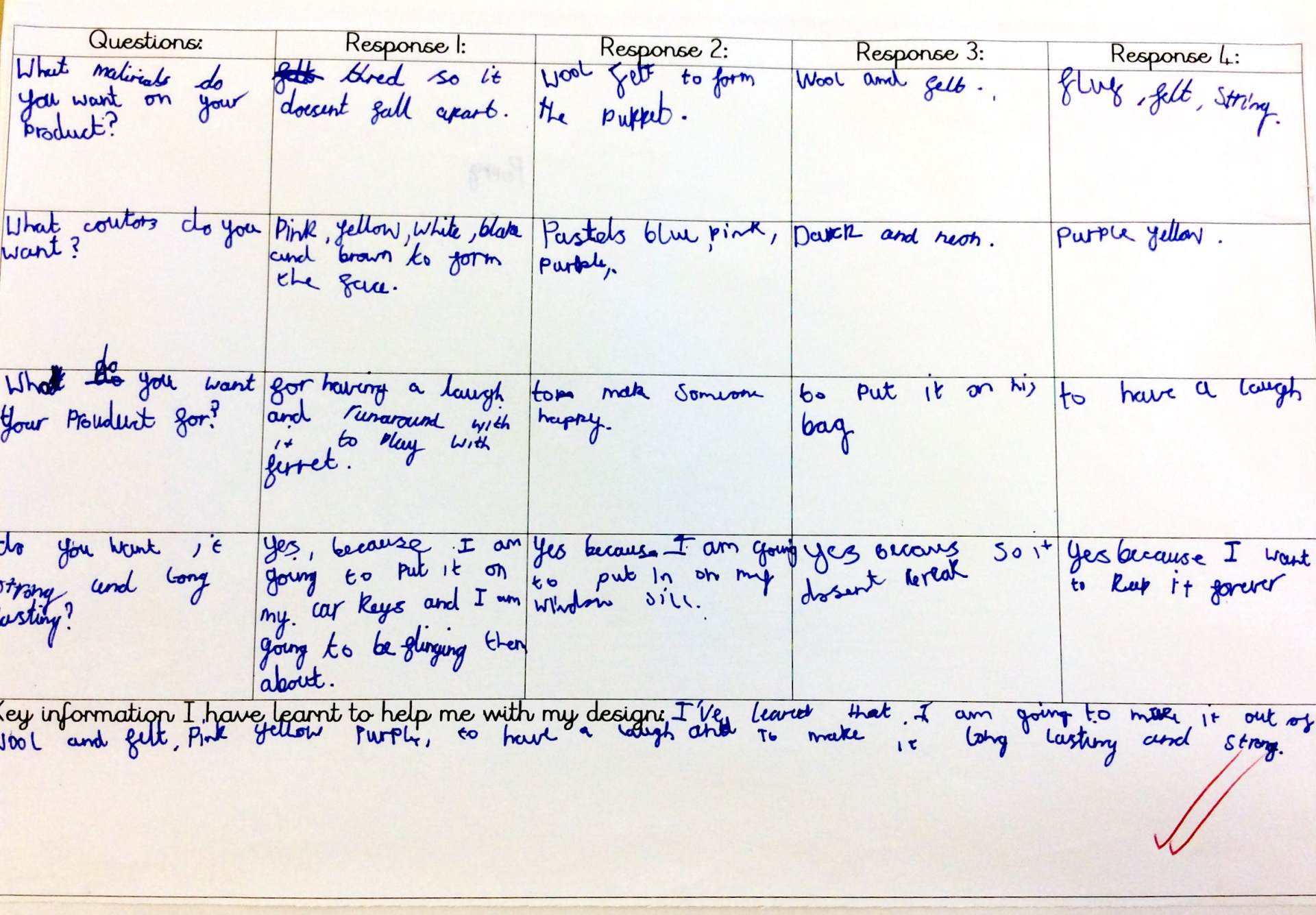
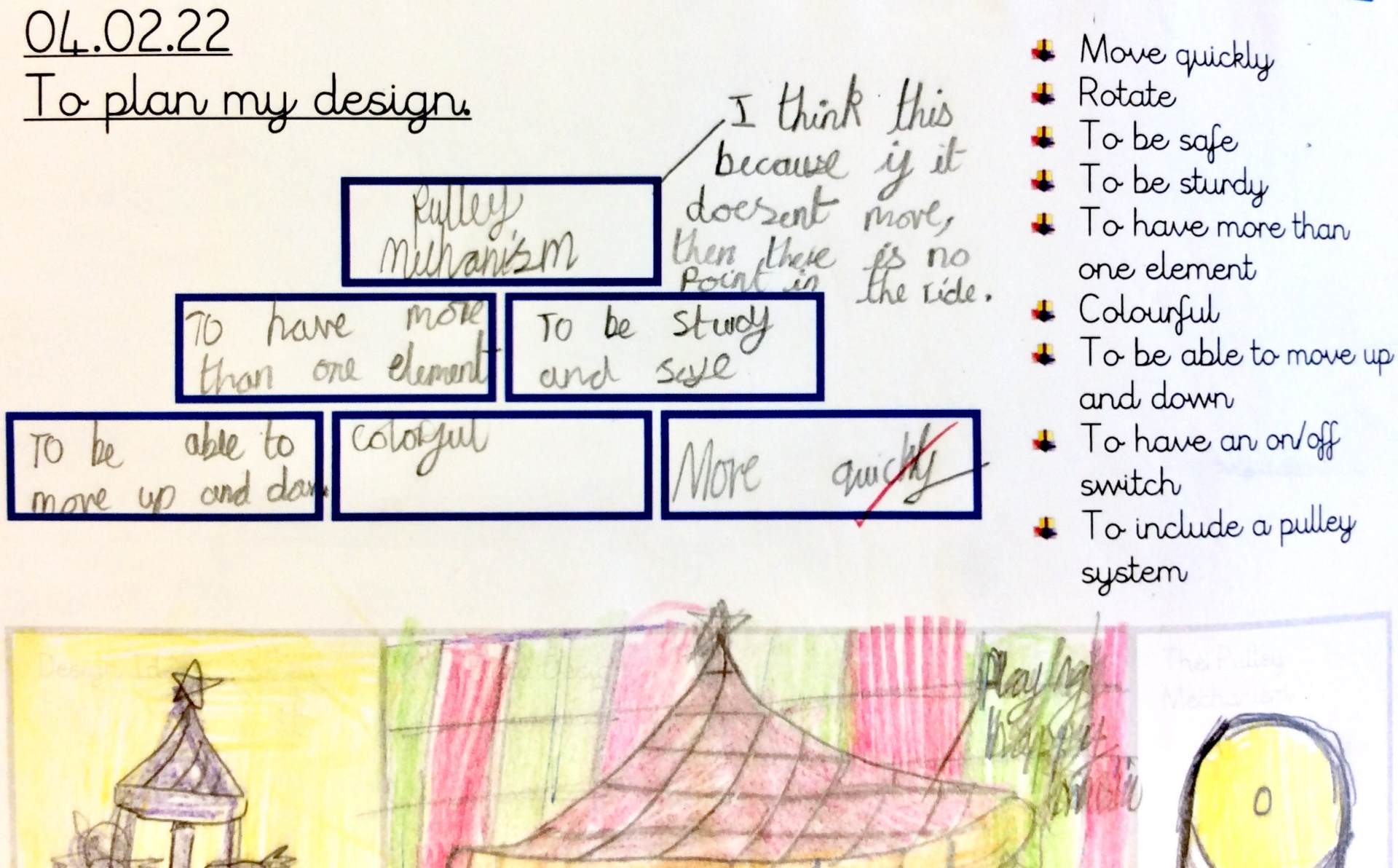
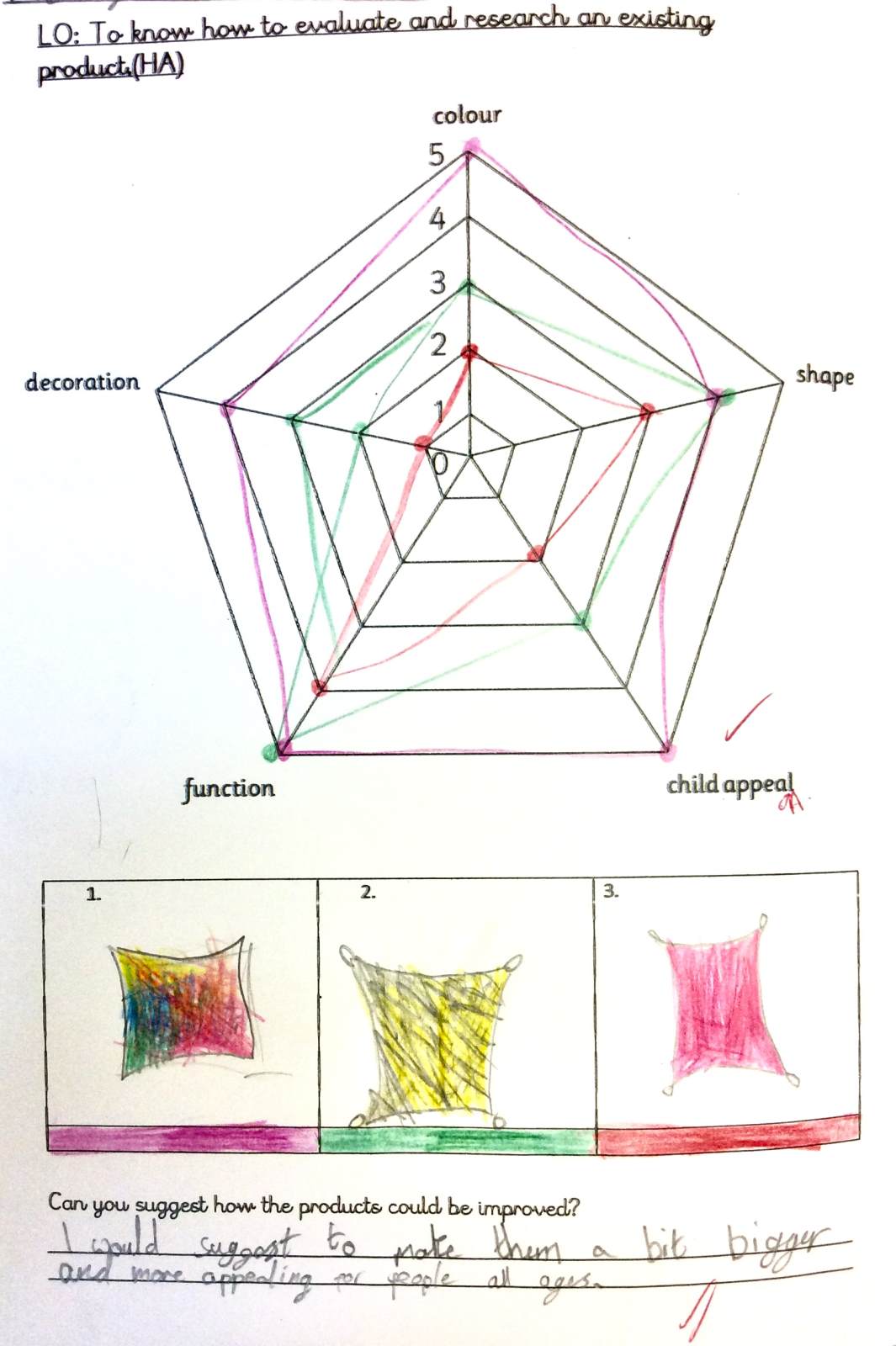
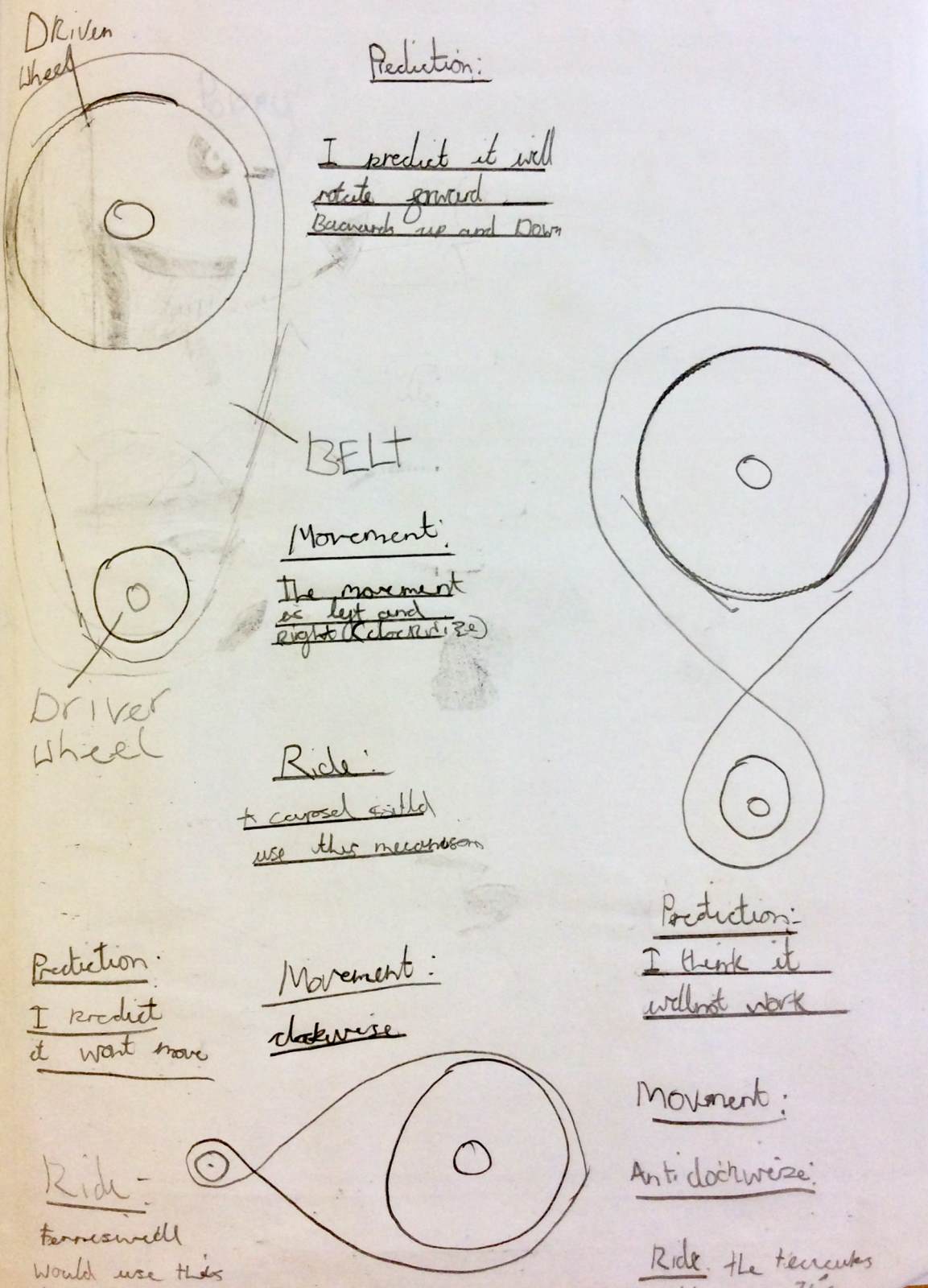
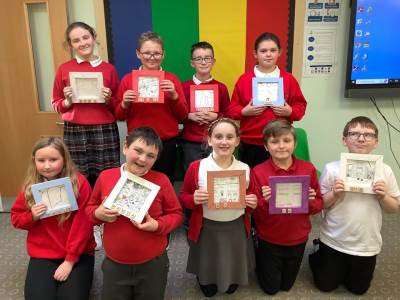
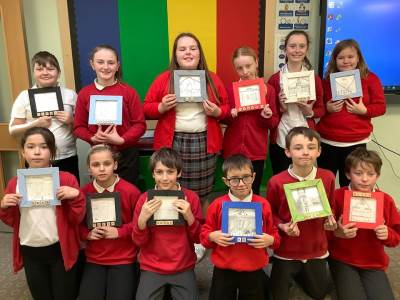
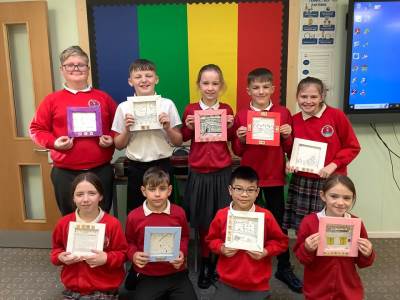
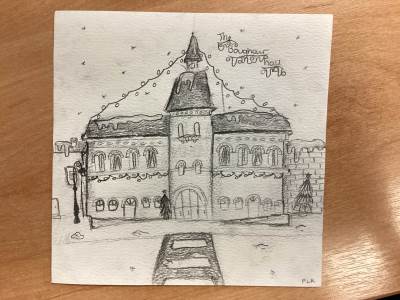
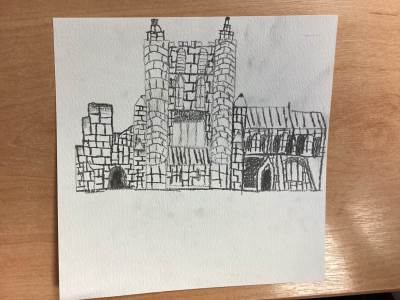
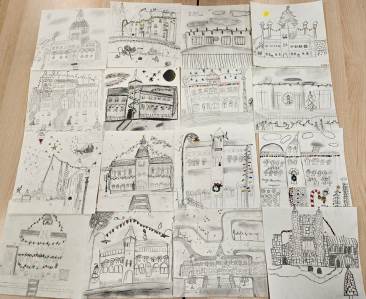
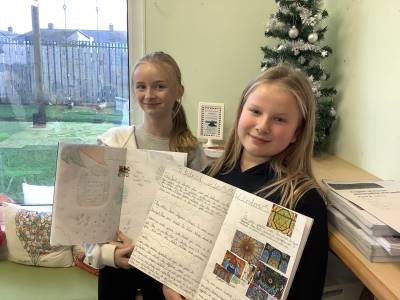
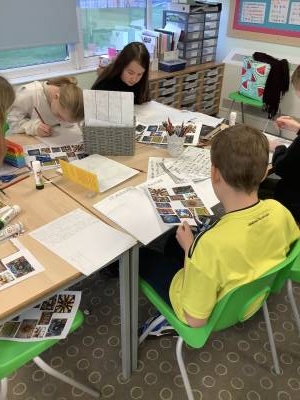
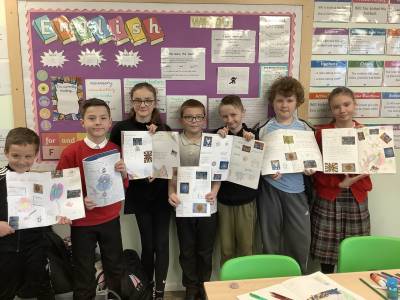
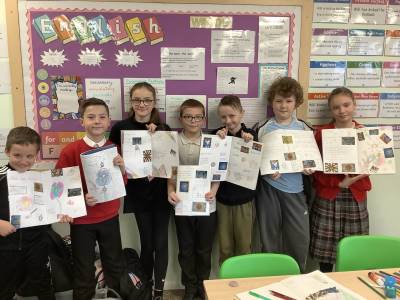
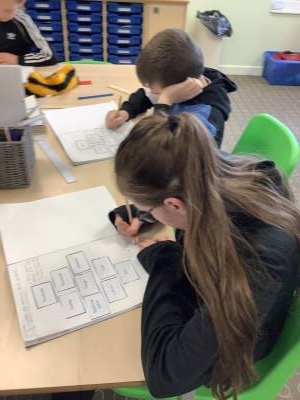
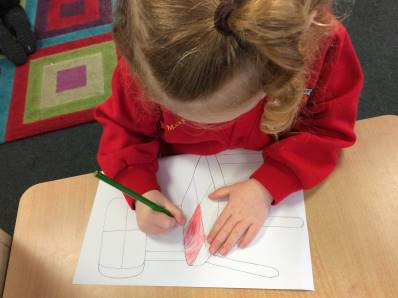
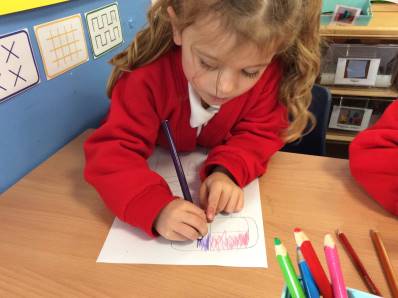
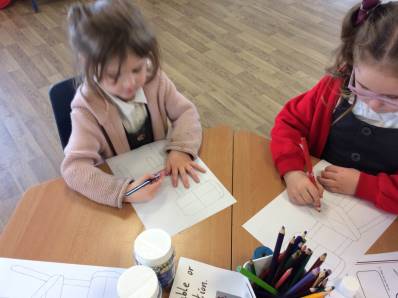
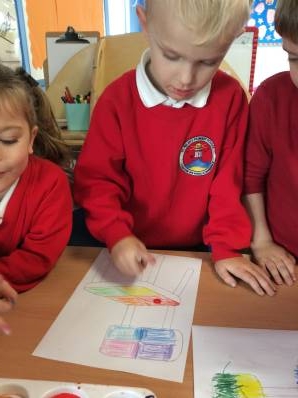
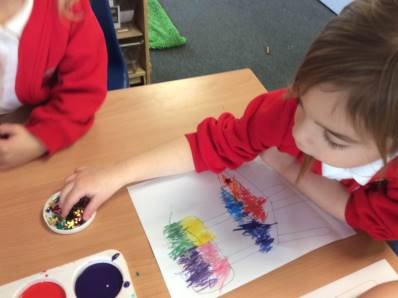
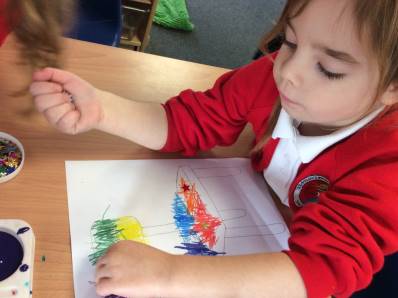
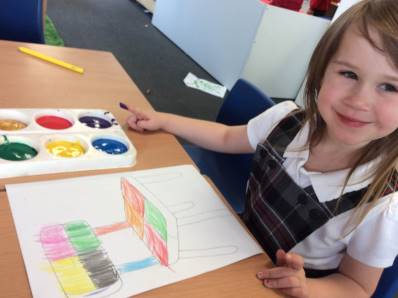
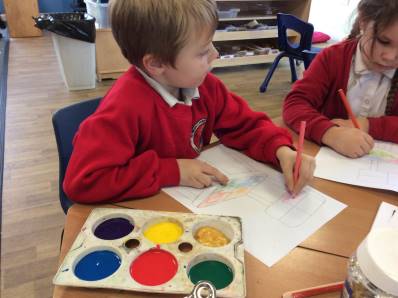
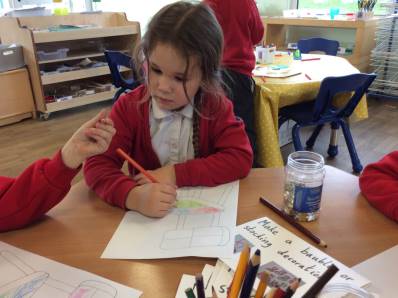
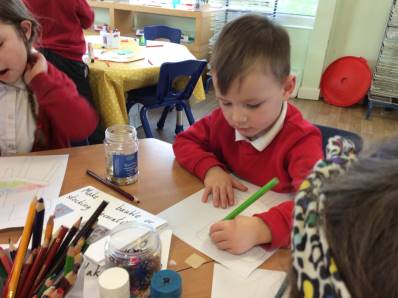
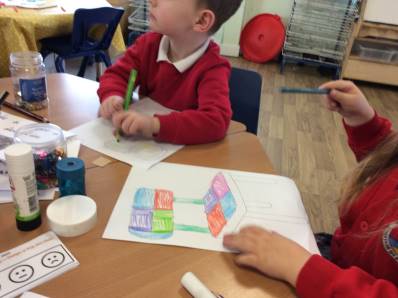
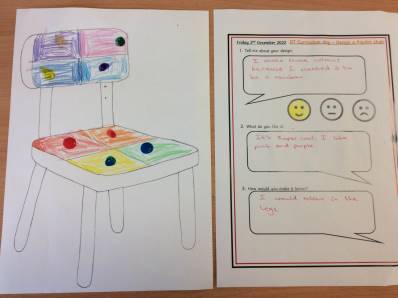
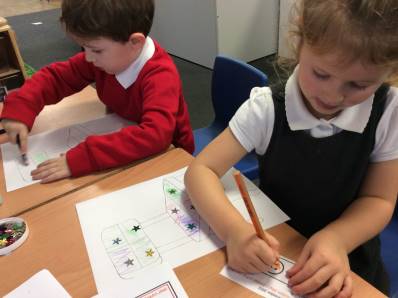
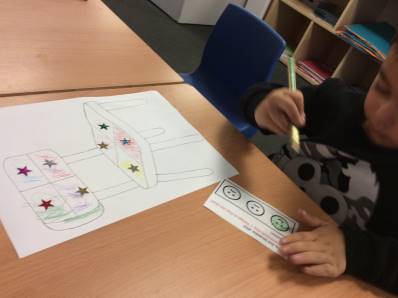
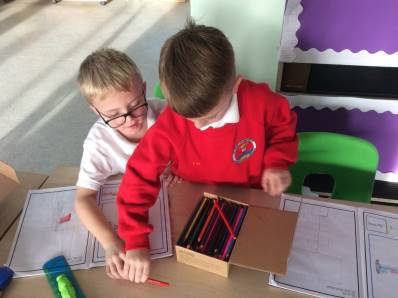
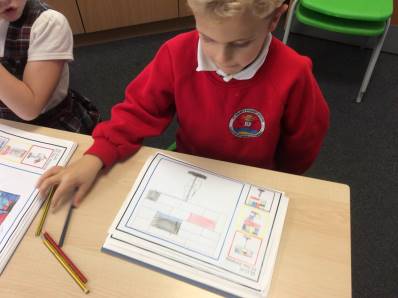
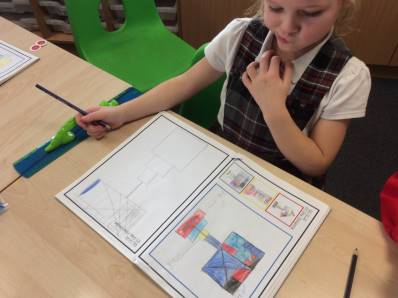
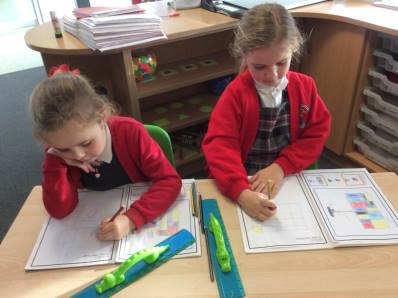
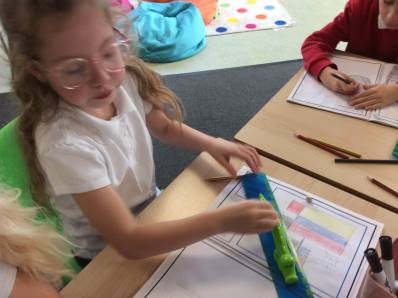
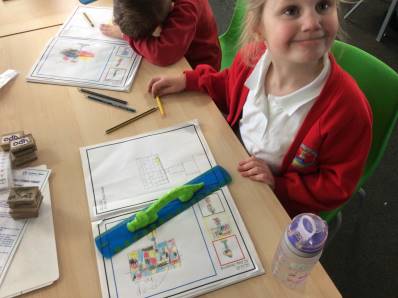
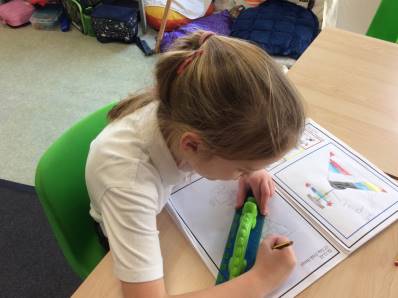
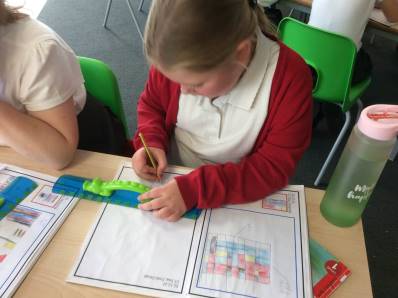
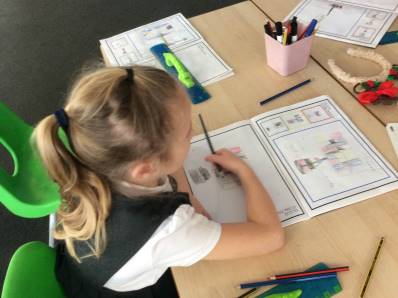
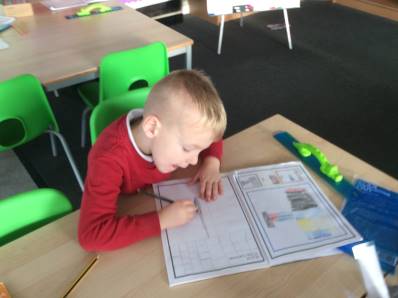
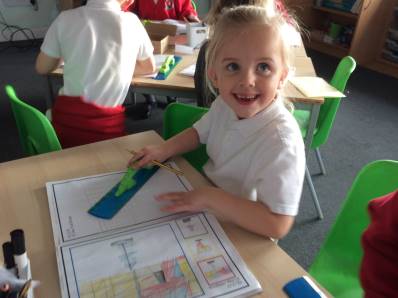
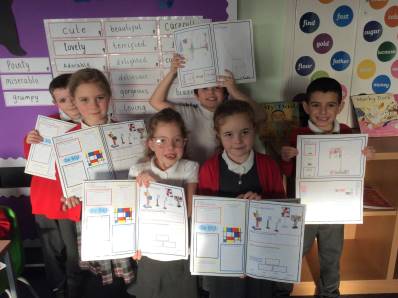
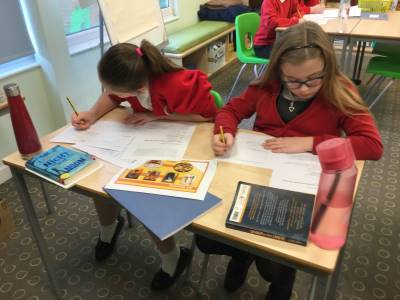
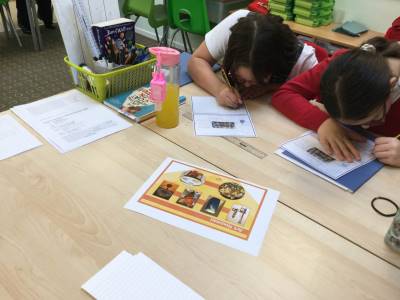
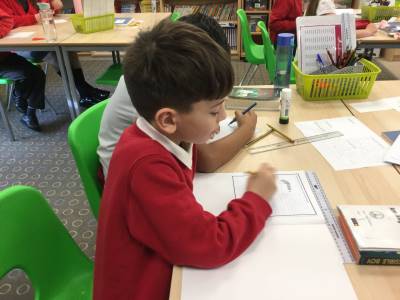
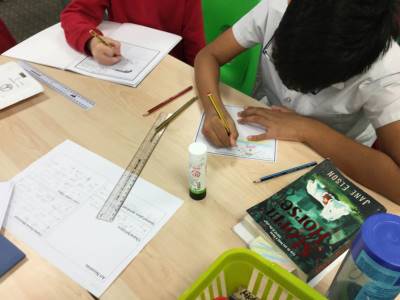
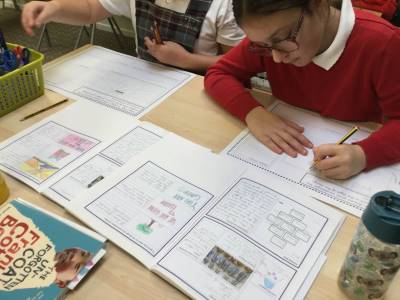
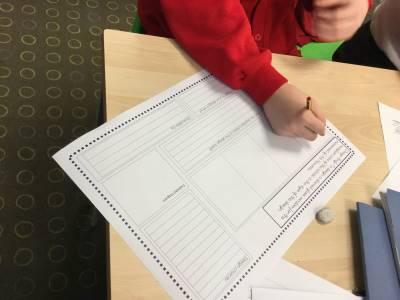
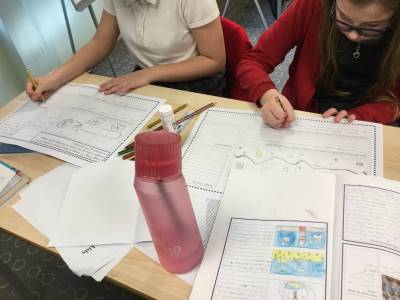
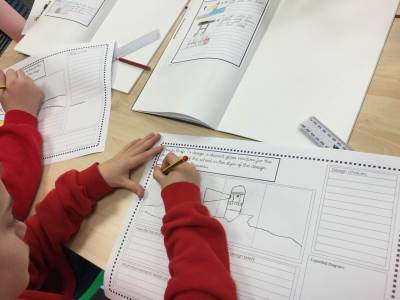
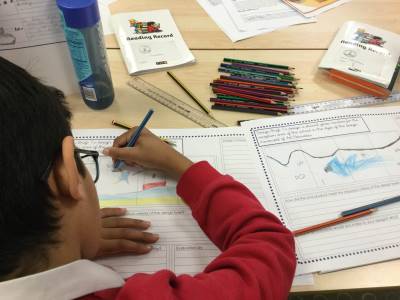
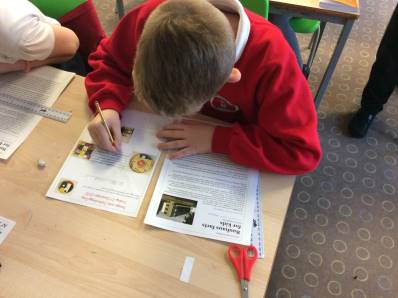
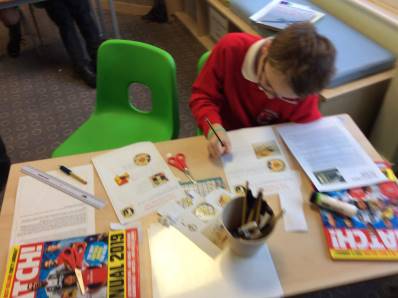
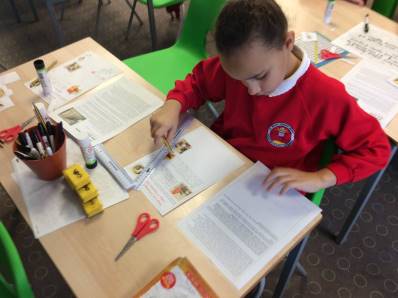
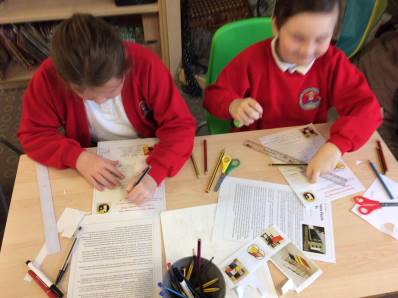
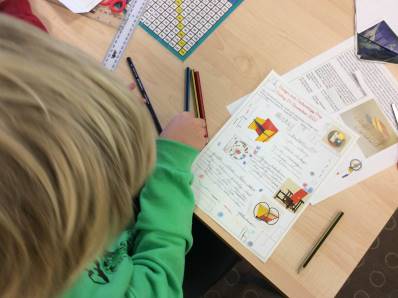
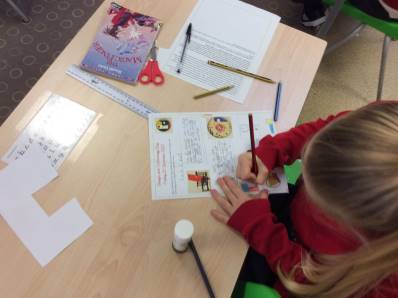
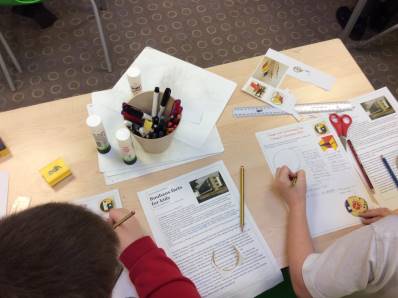
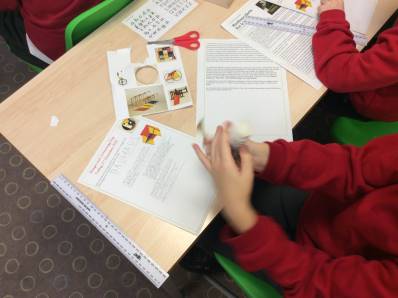
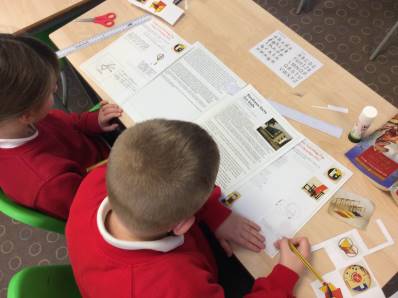
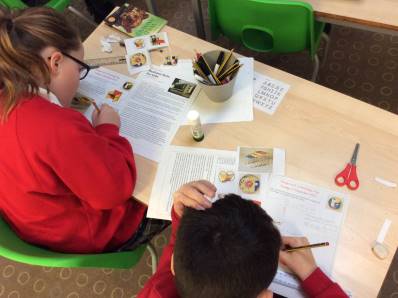
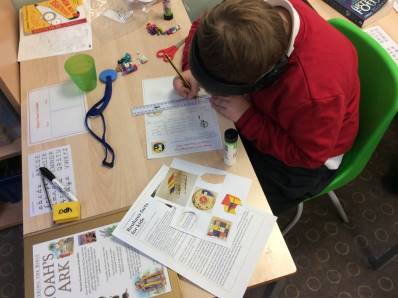
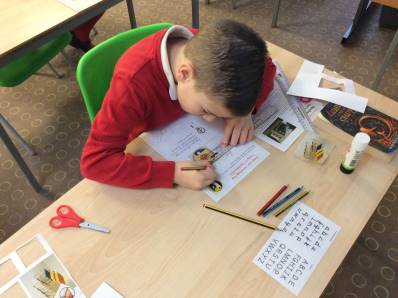
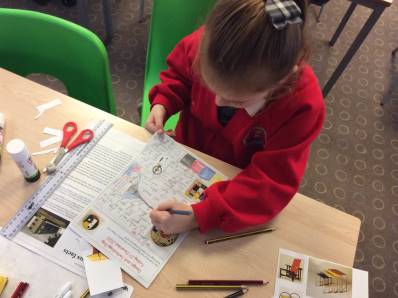
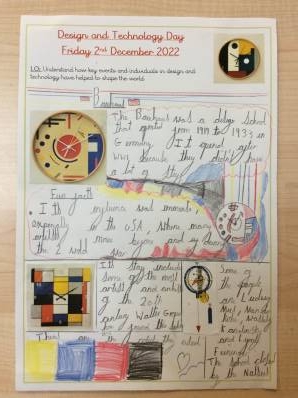
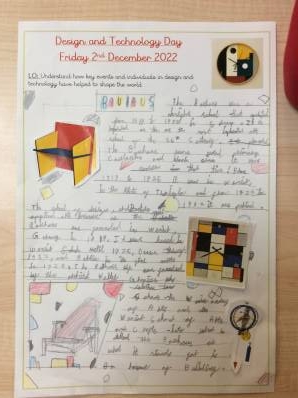
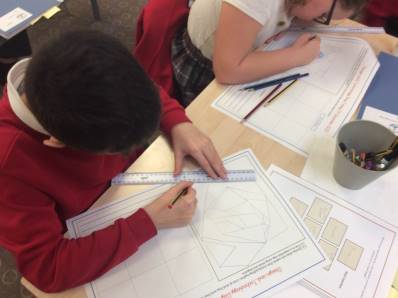
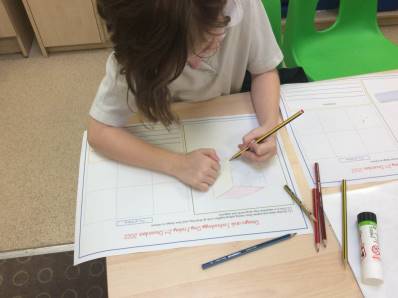
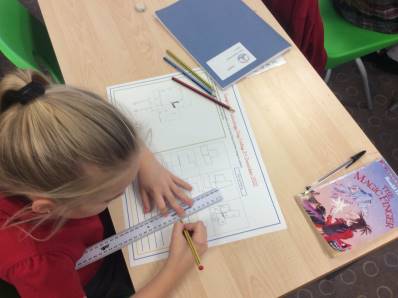
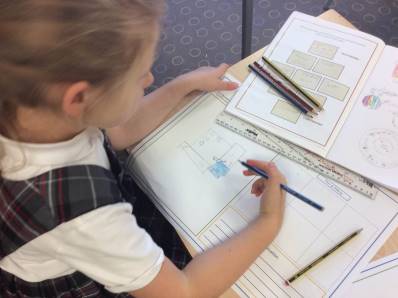
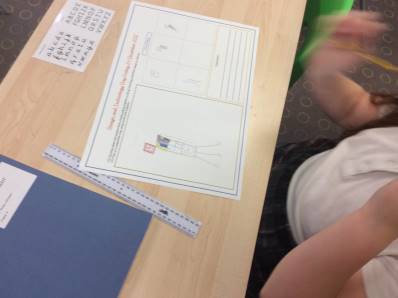
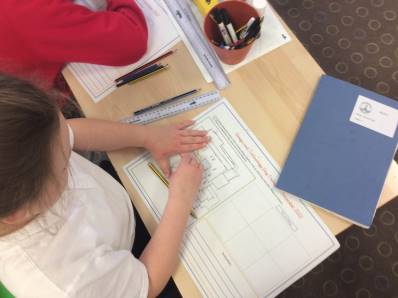
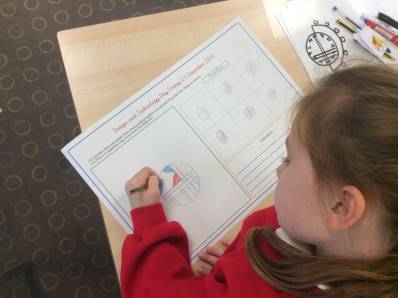
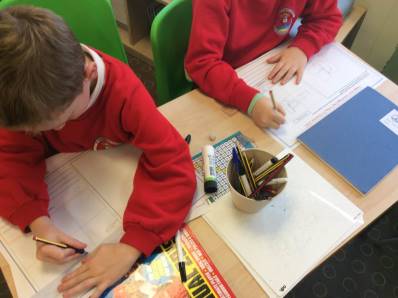
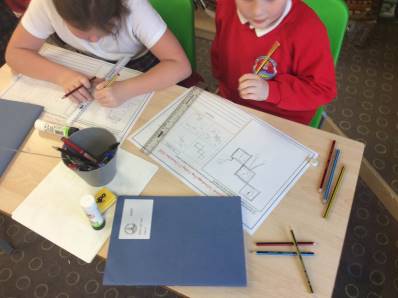
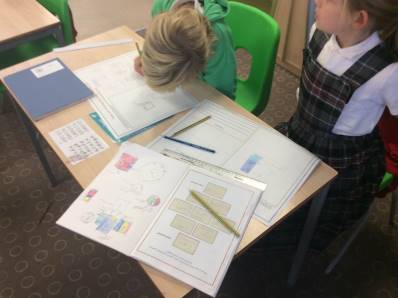
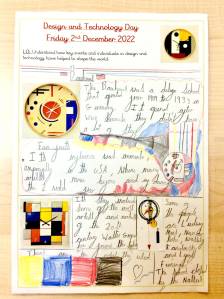
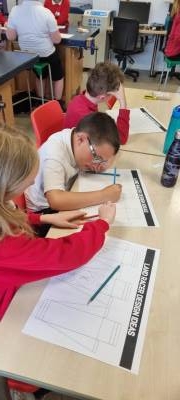
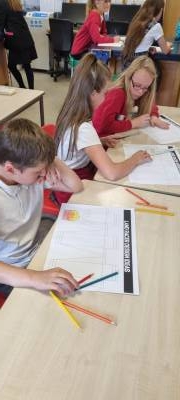
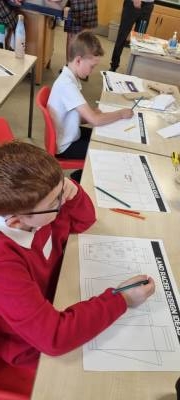
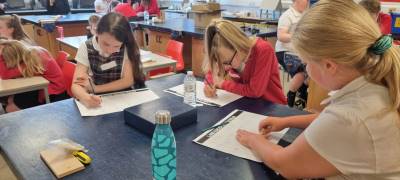
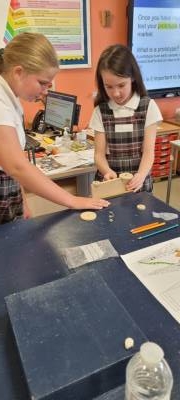
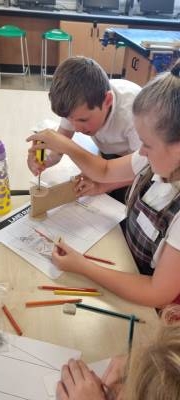
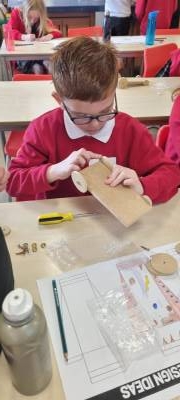
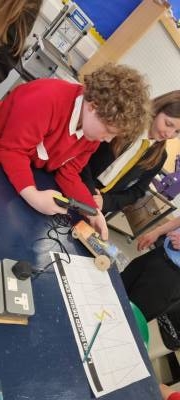
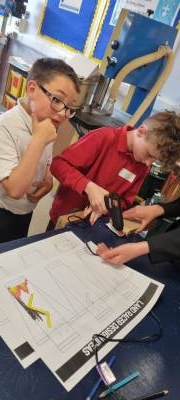
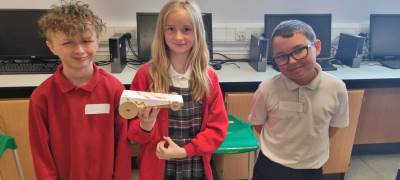
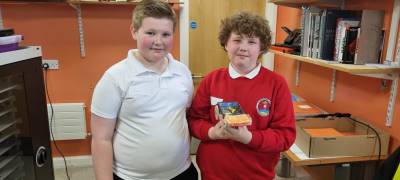
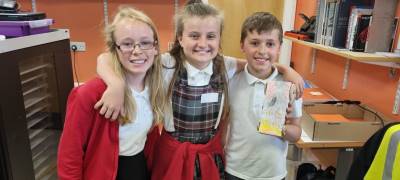
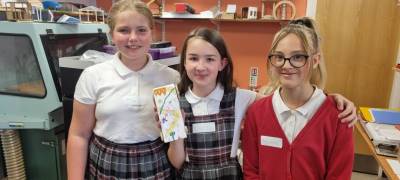
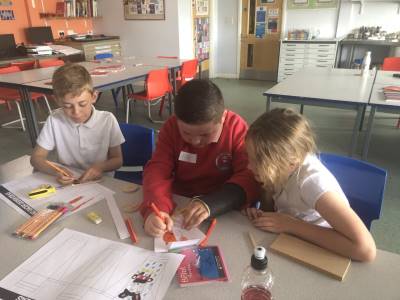
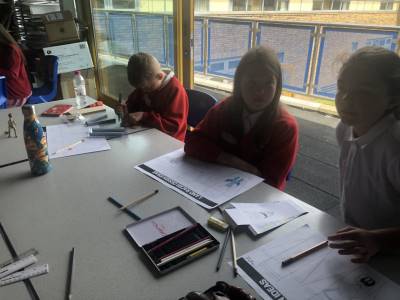
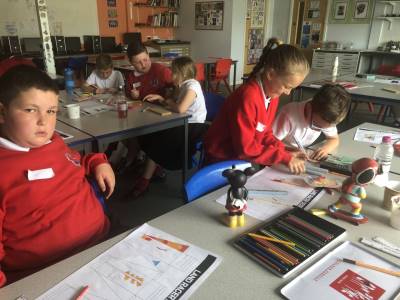
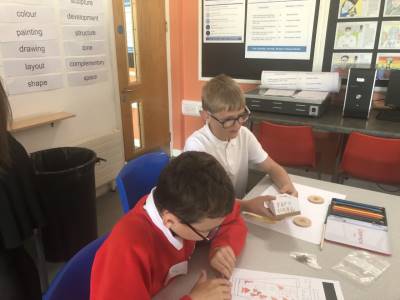
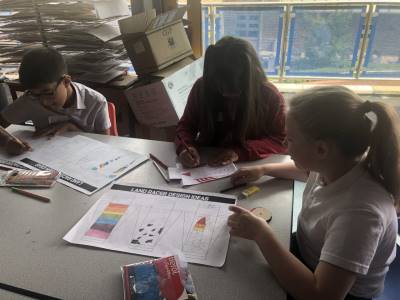
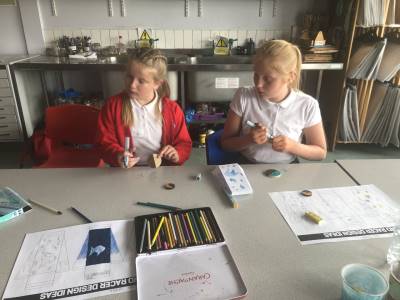
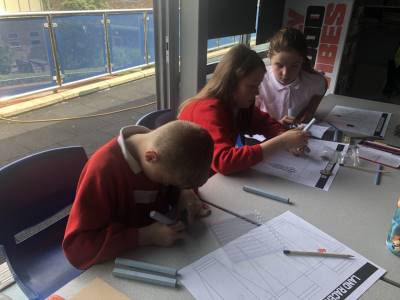
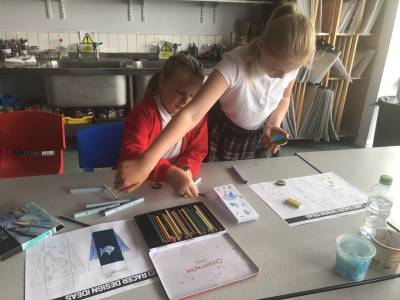
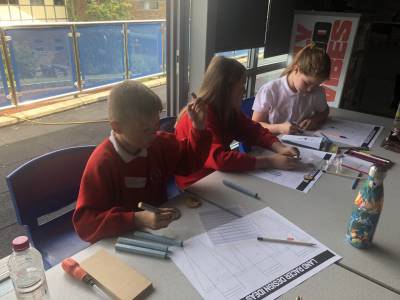
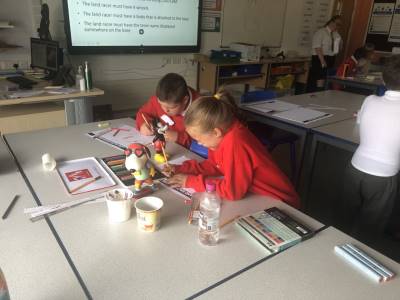
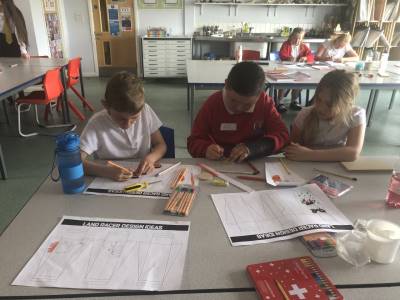
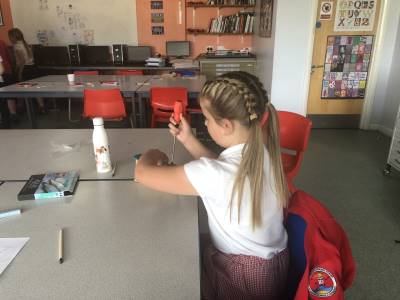
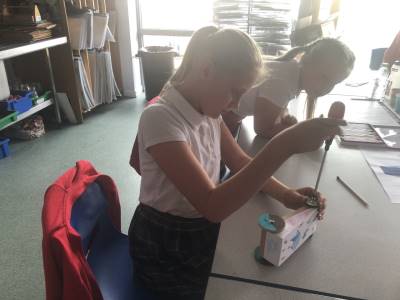
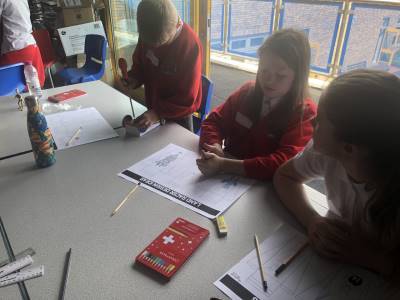
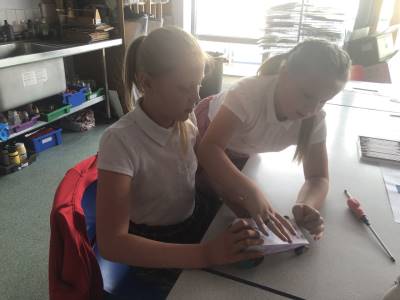
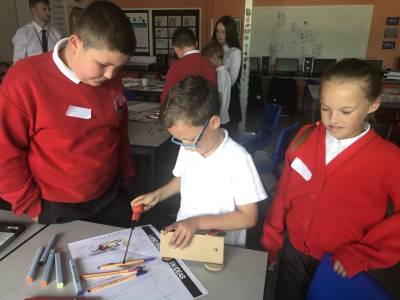
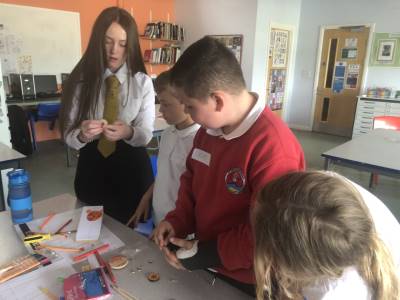
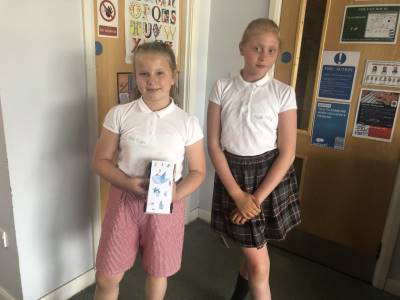
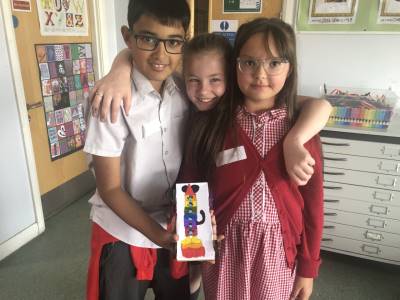
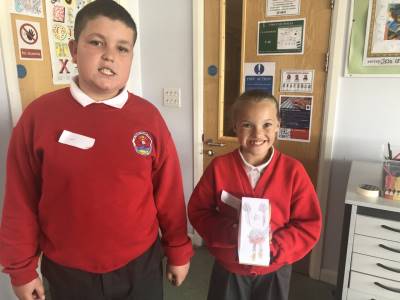
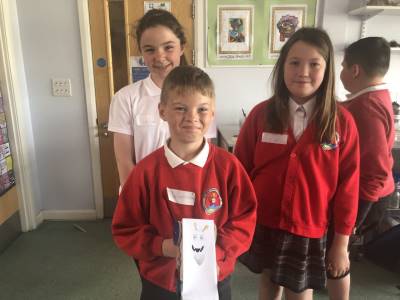
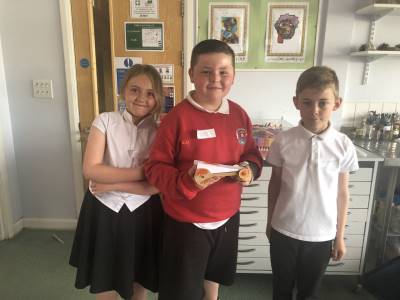
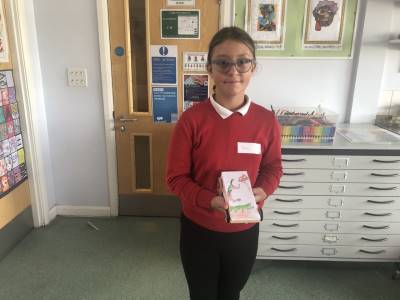
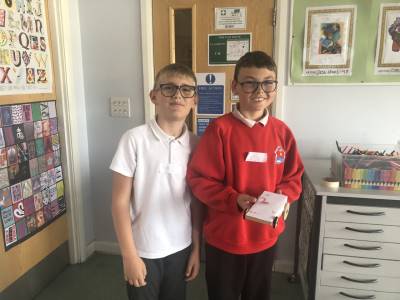
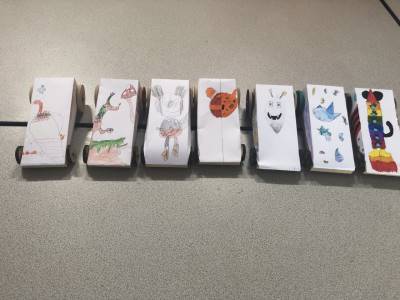
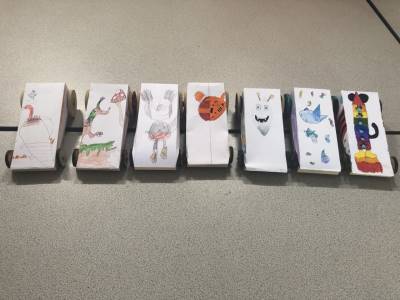
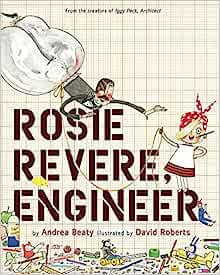 Iggy Peck, Architect -
Iggy Peck, Architect - 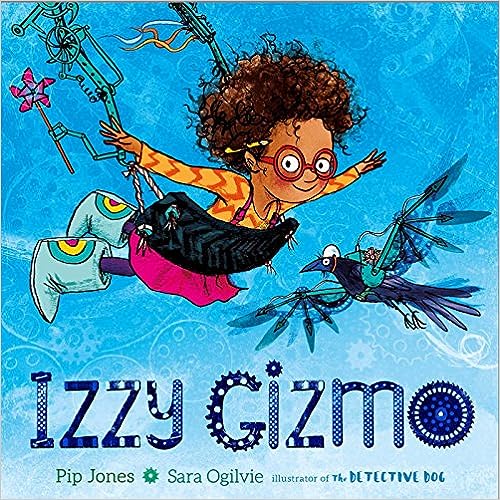

Close